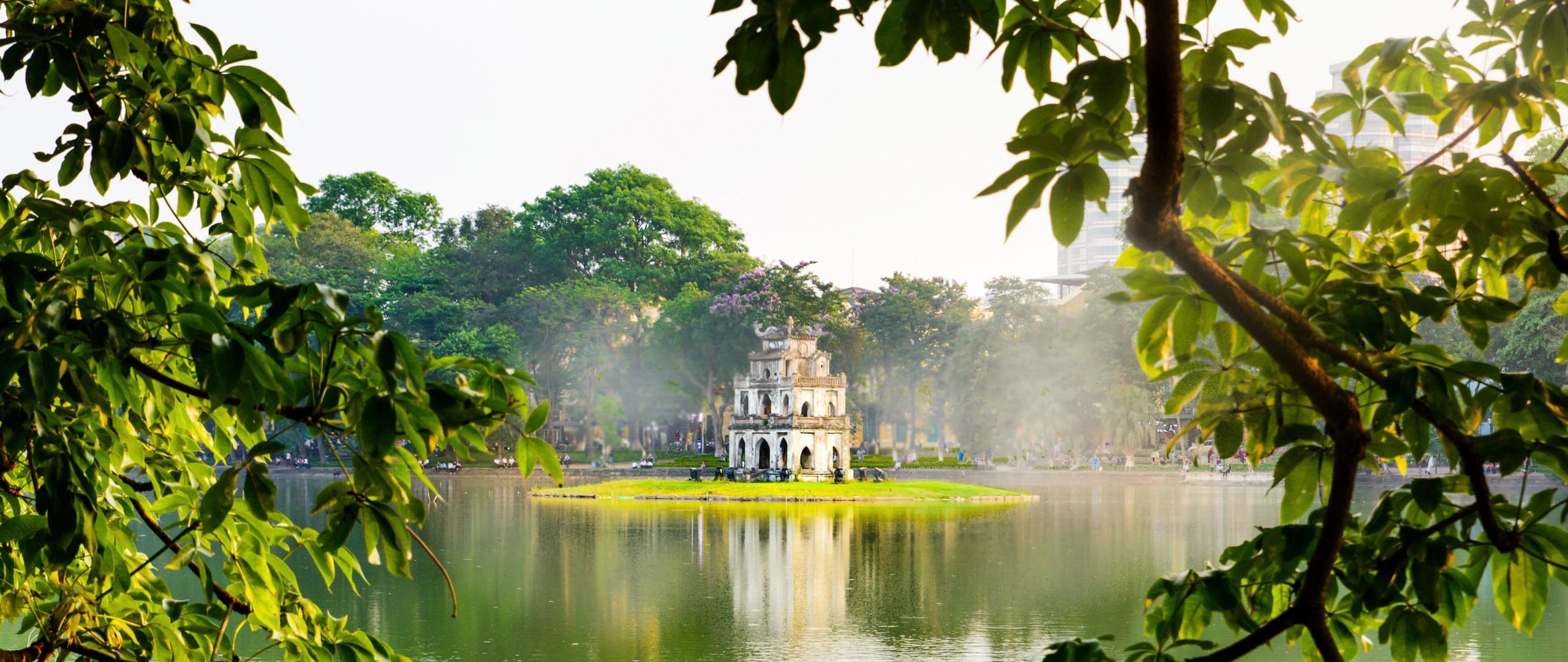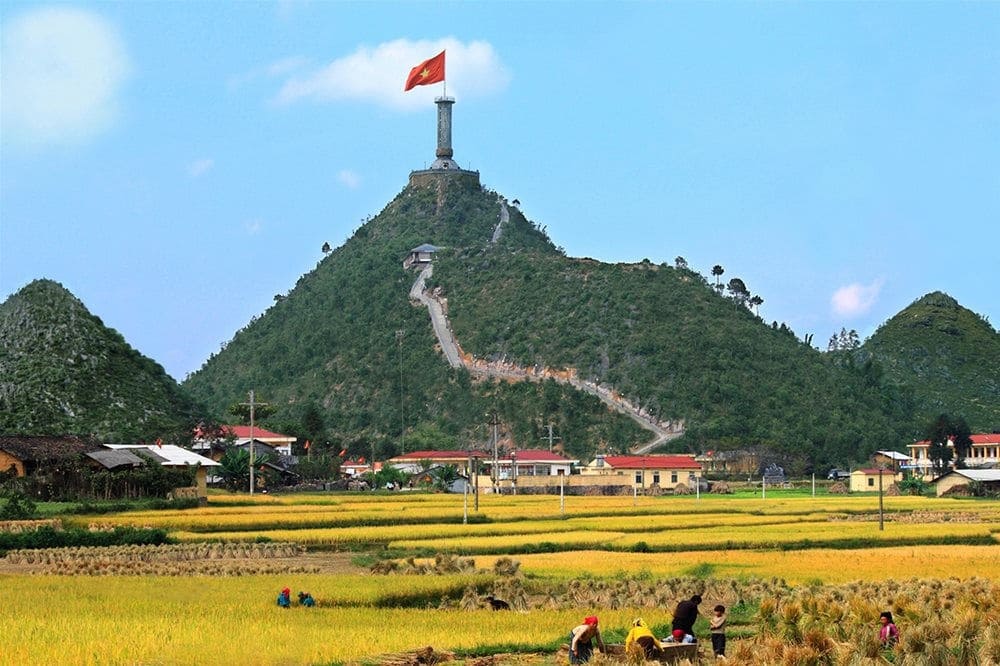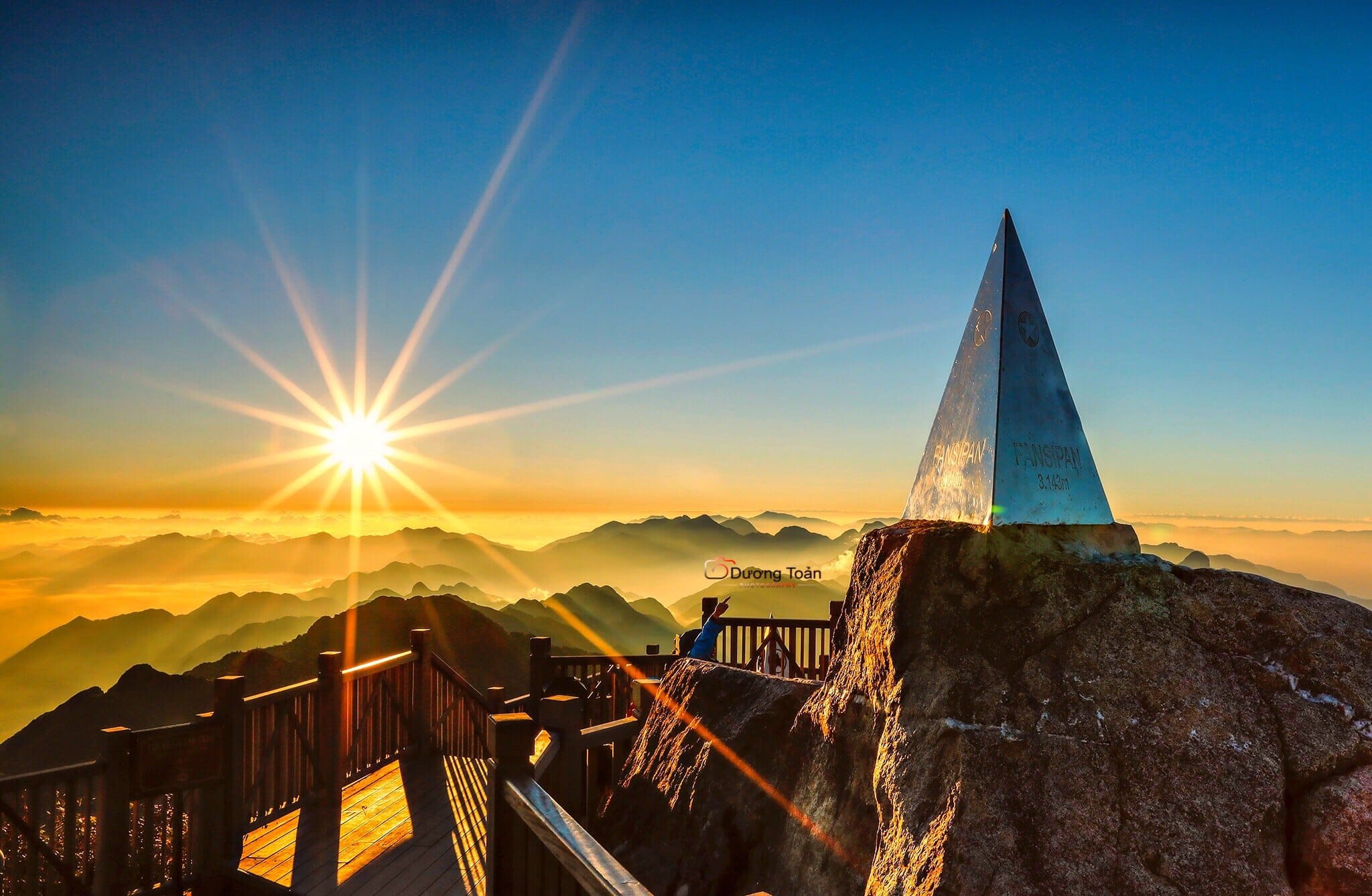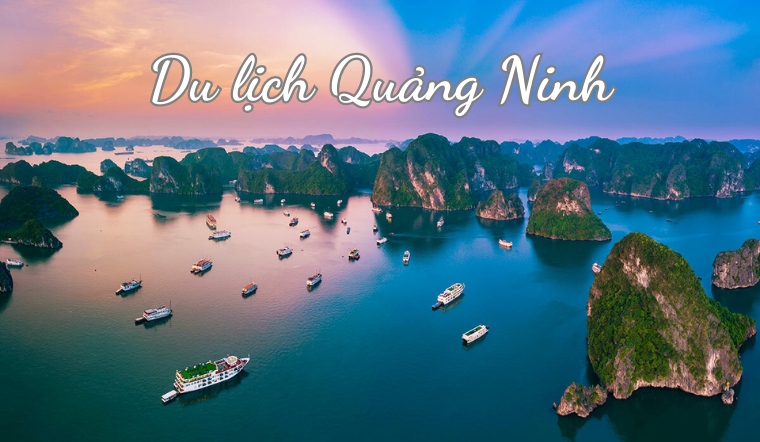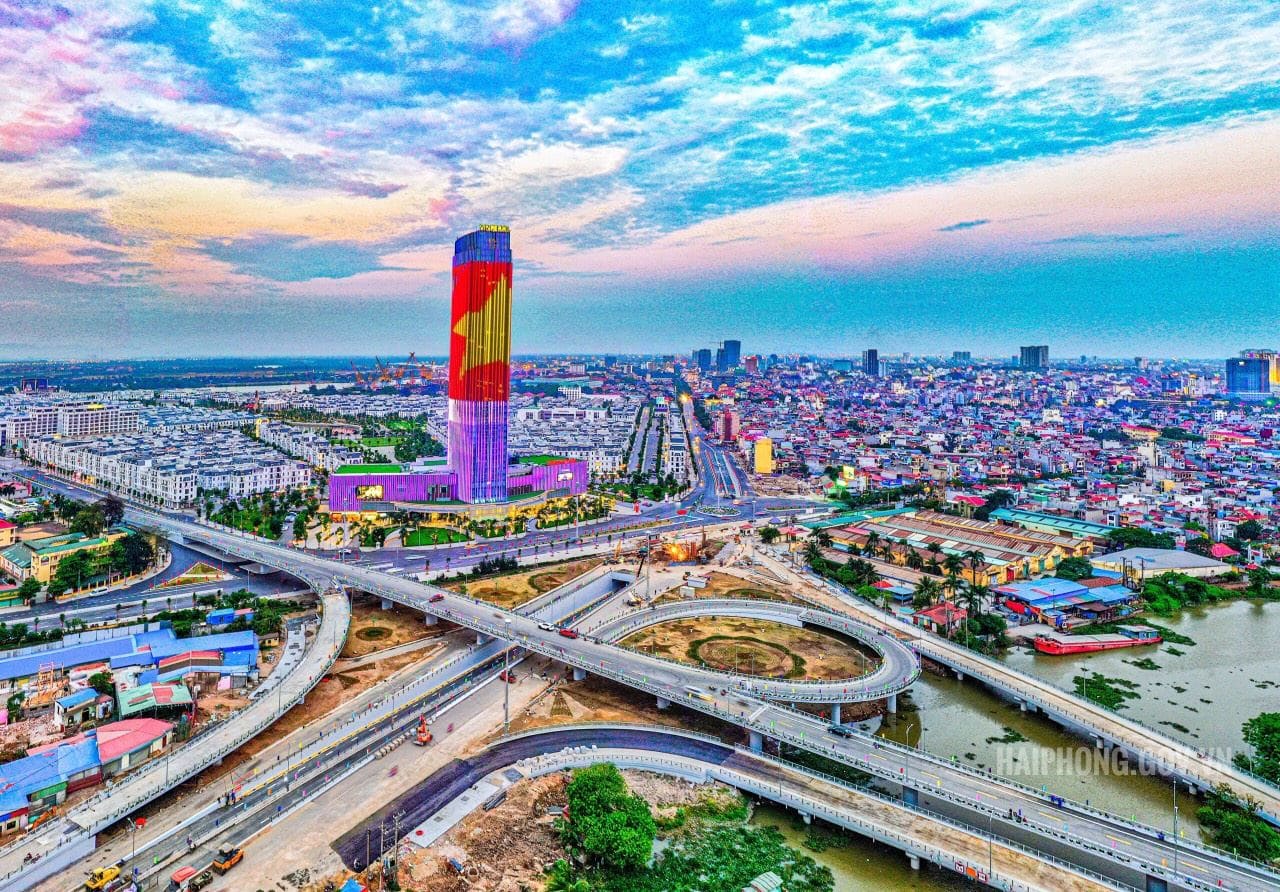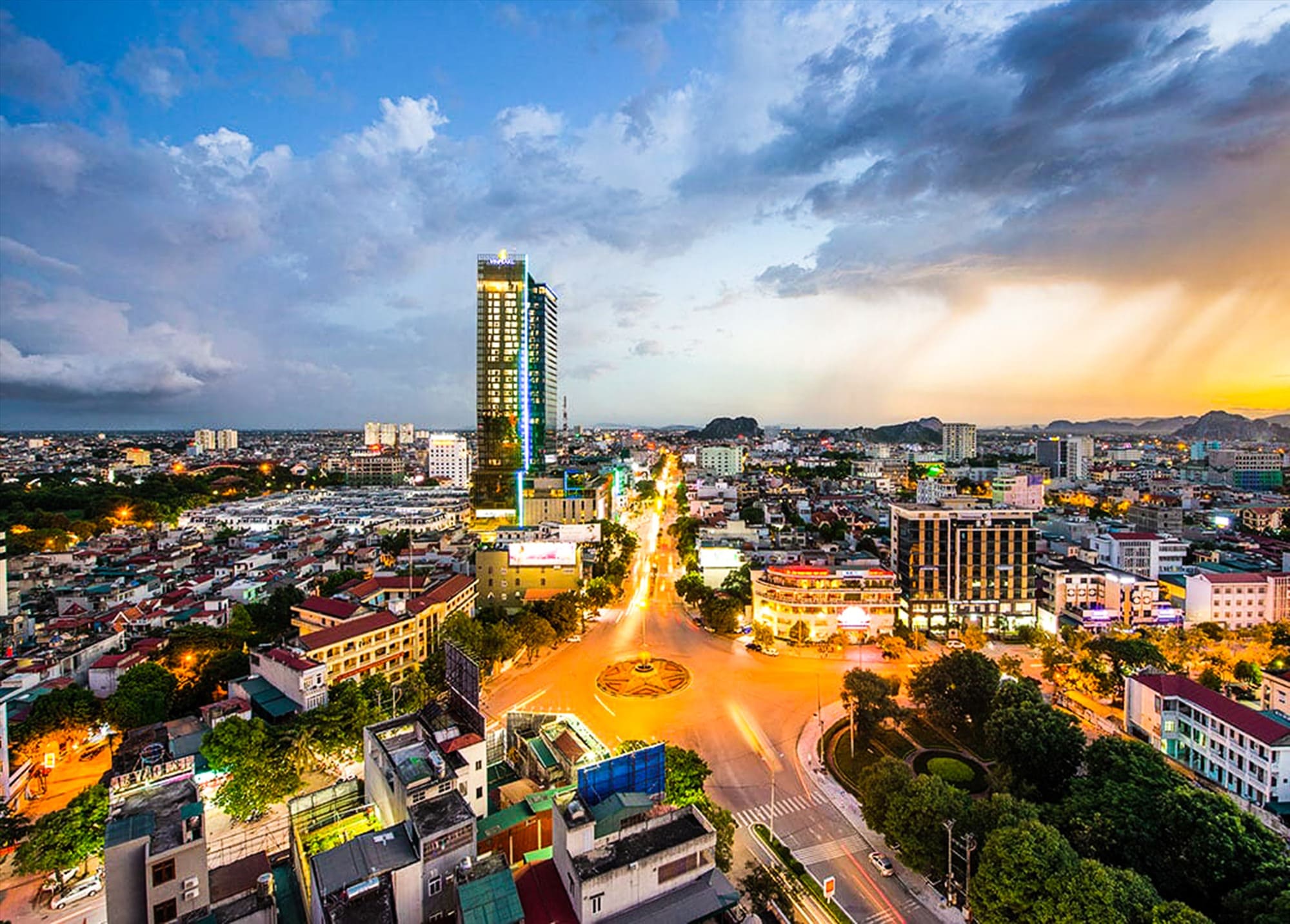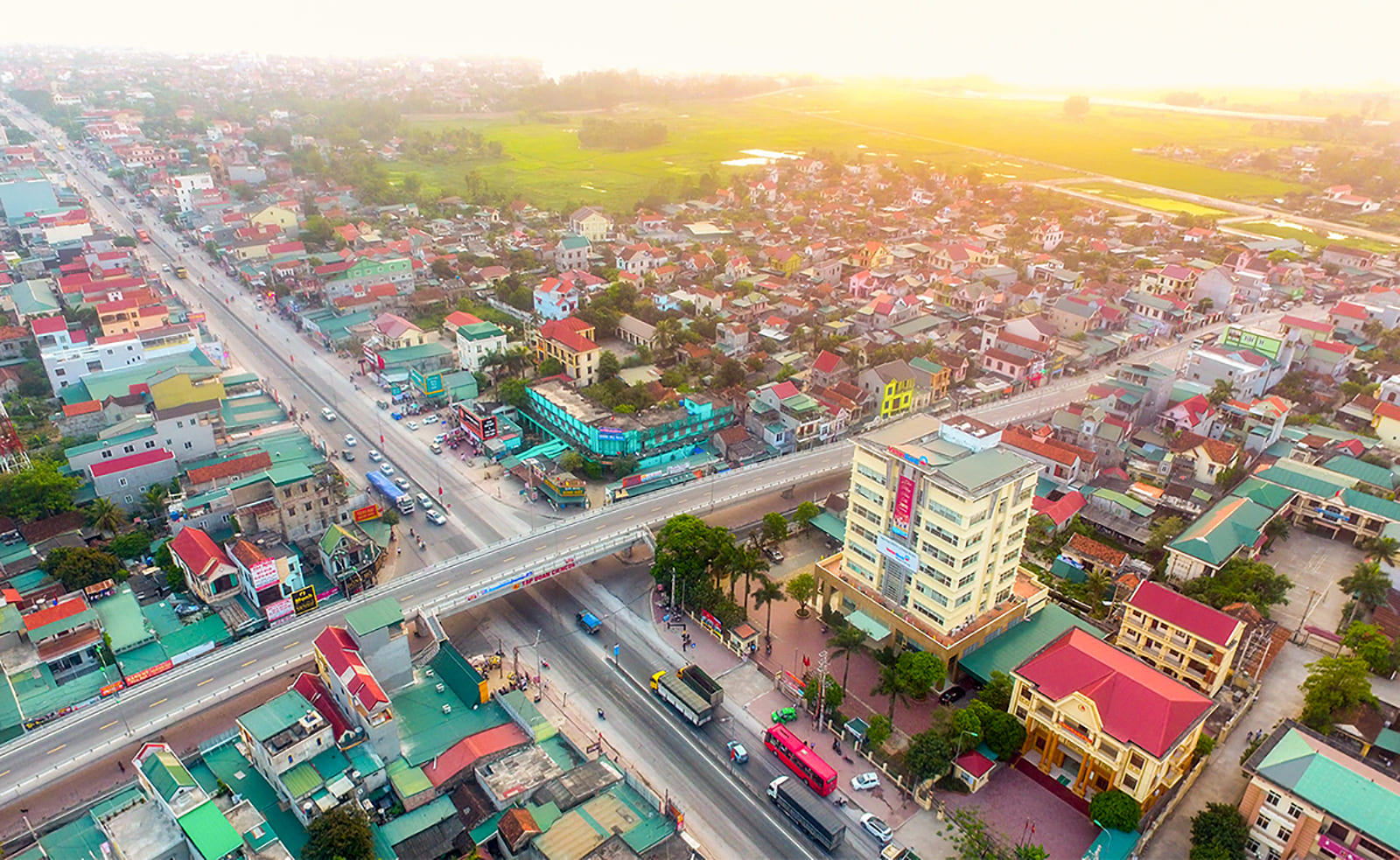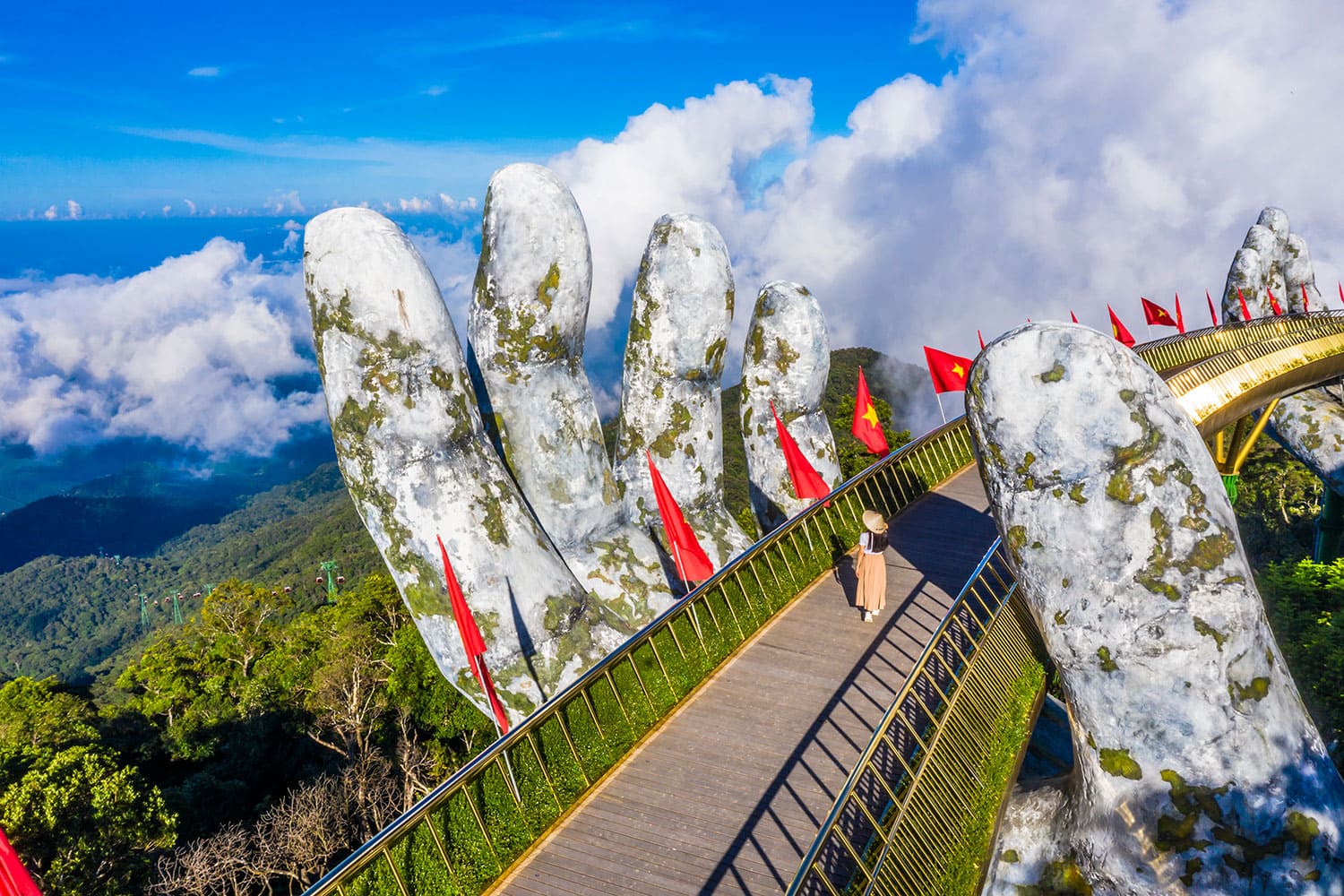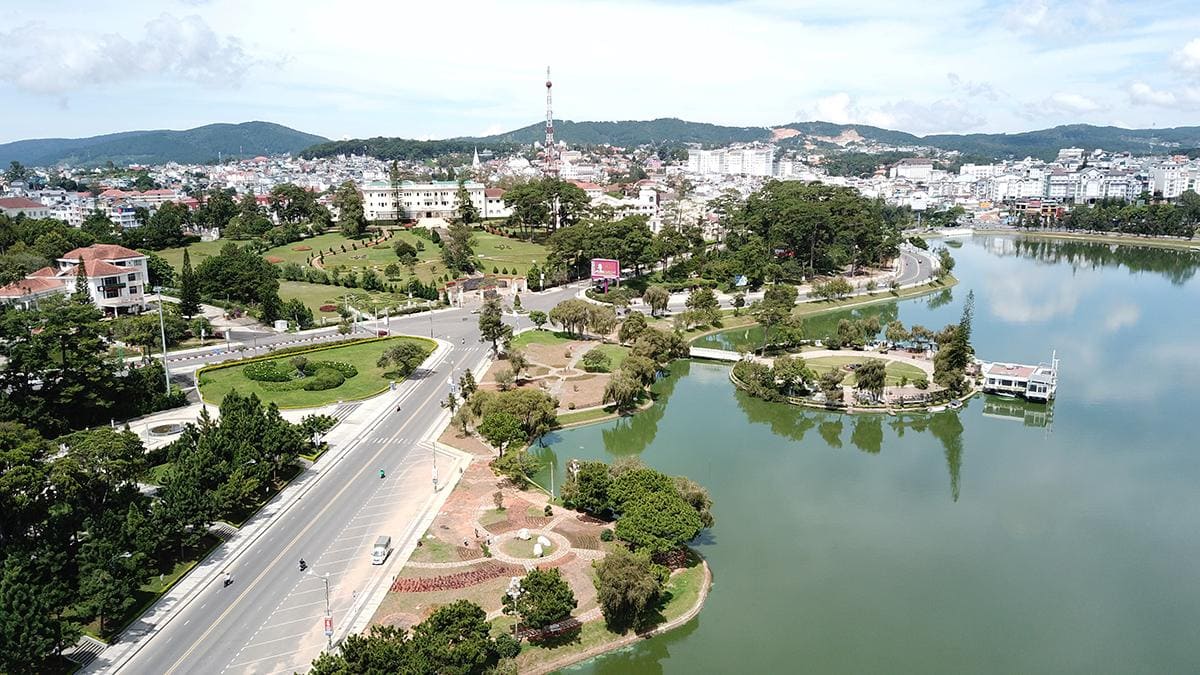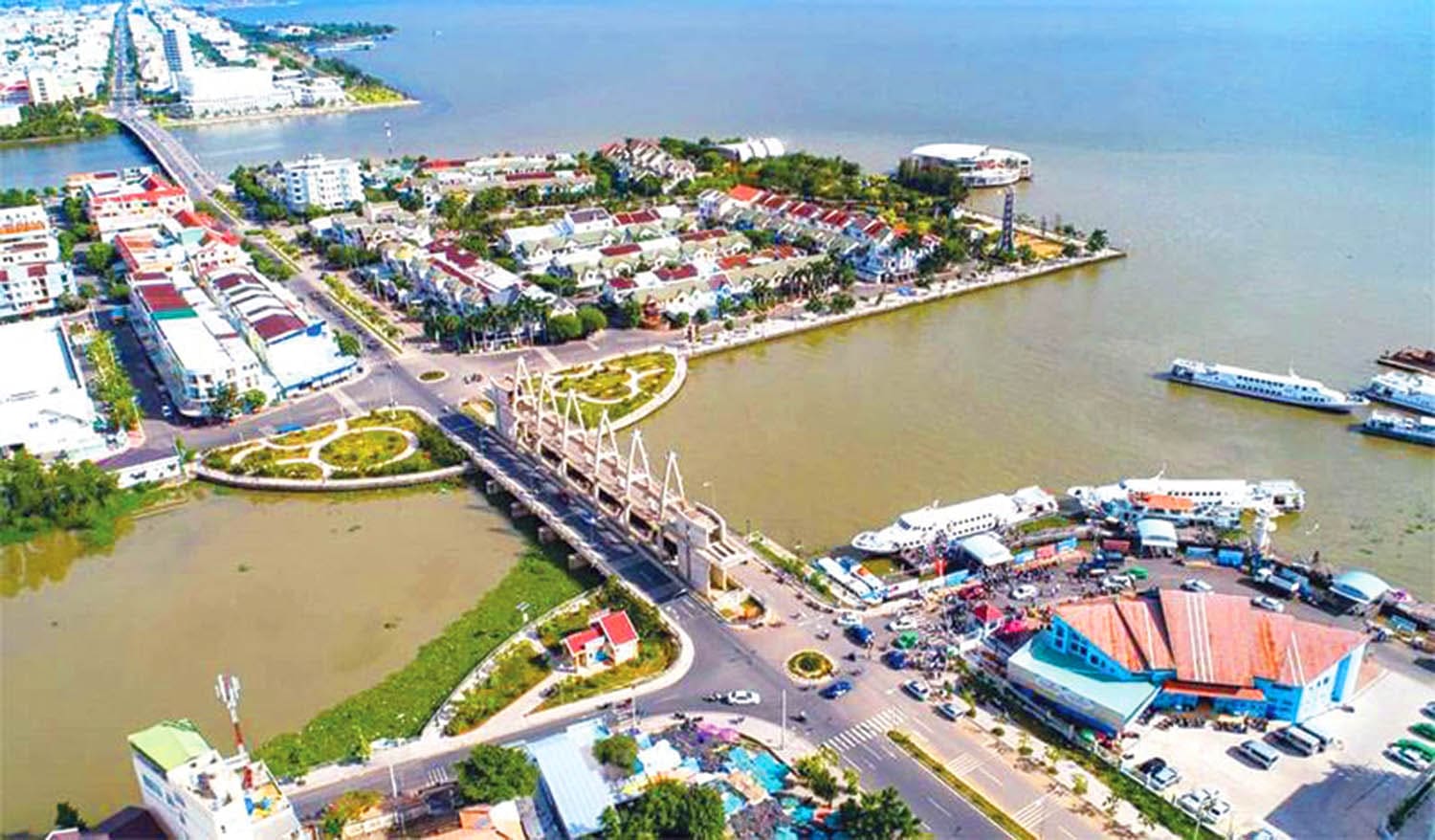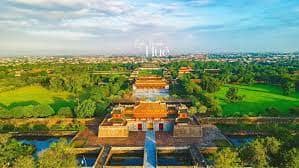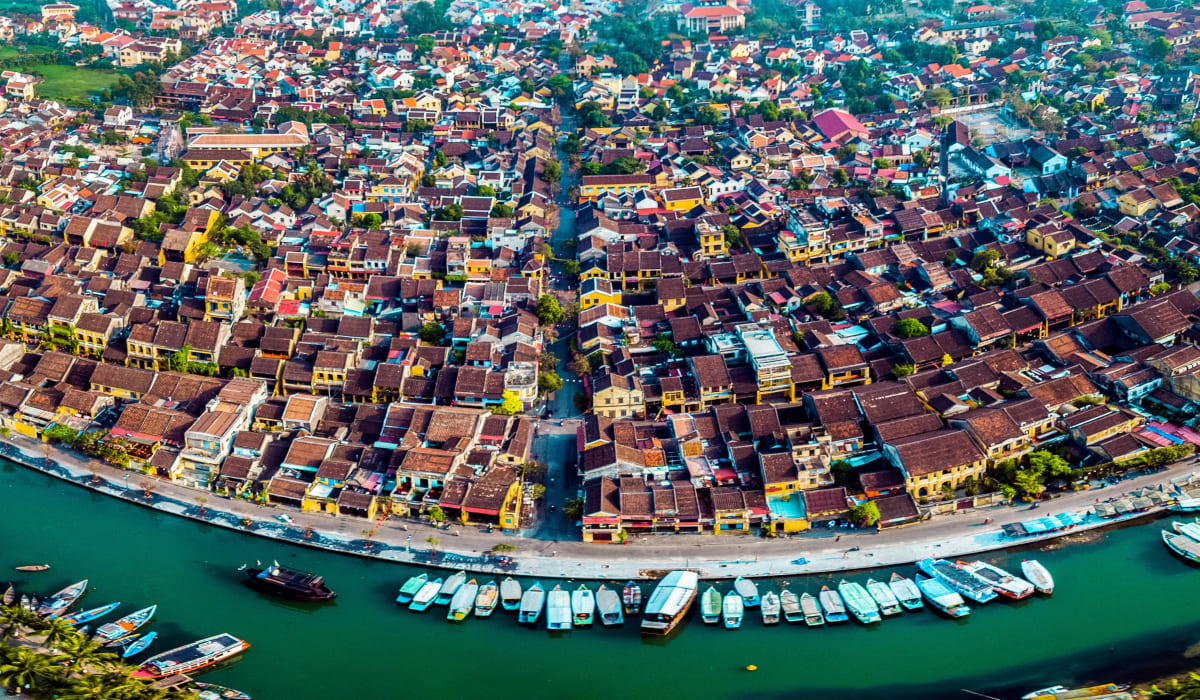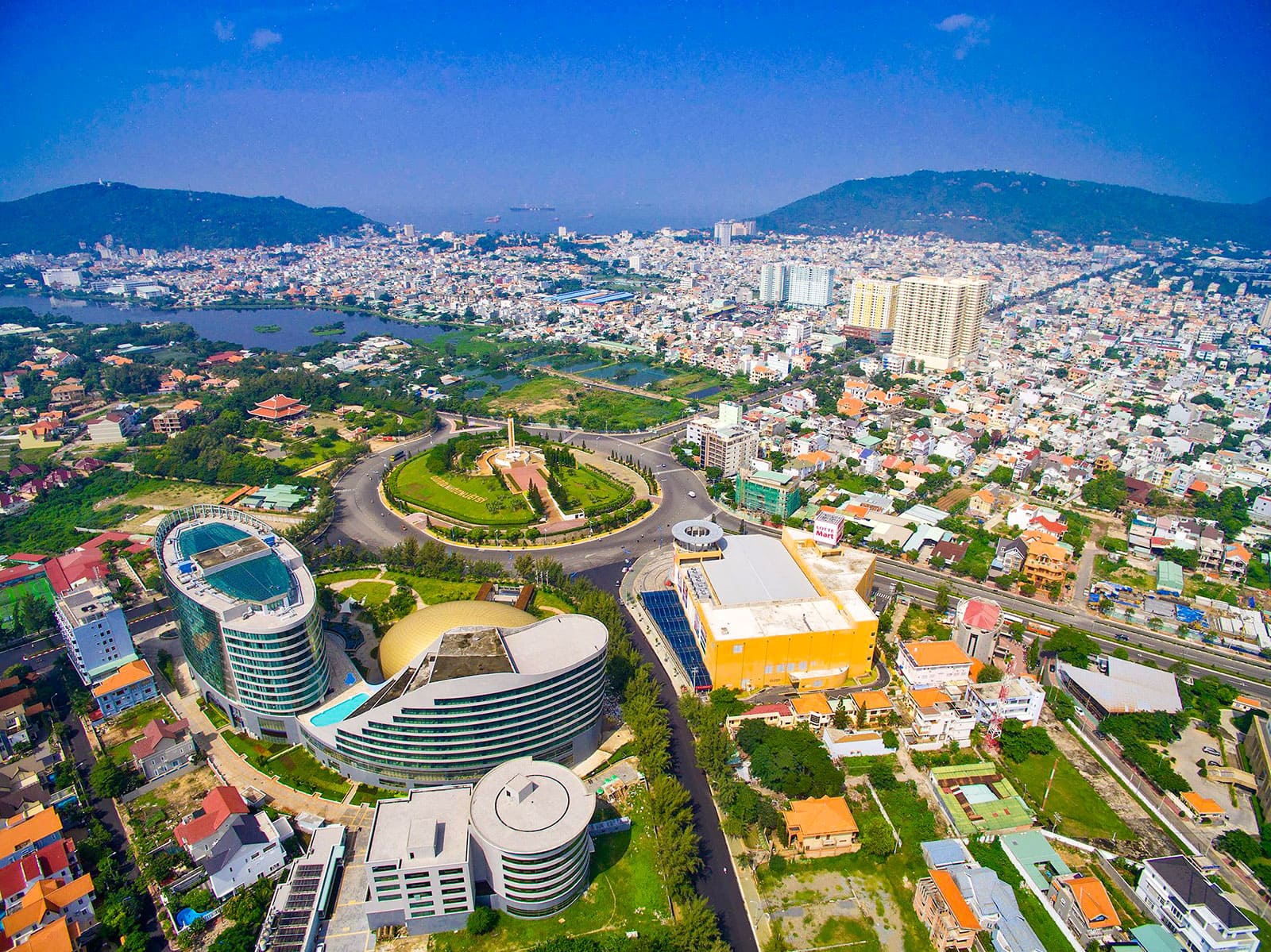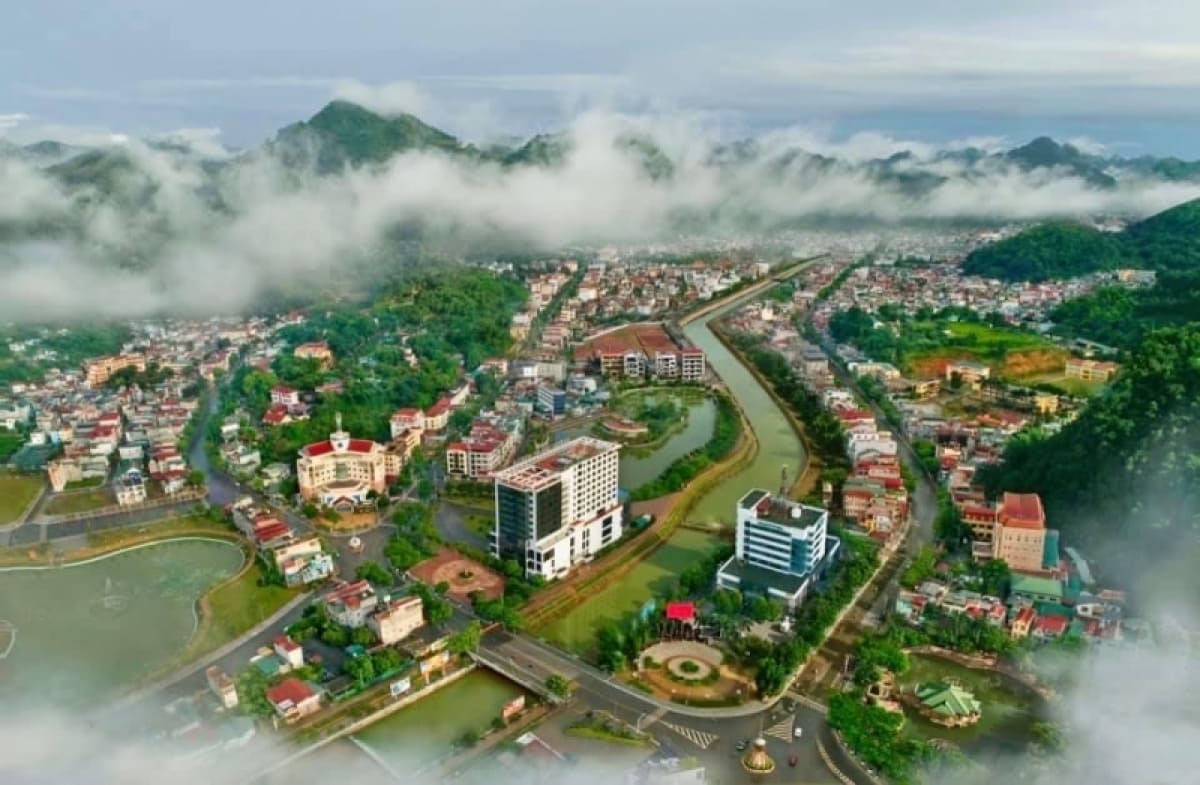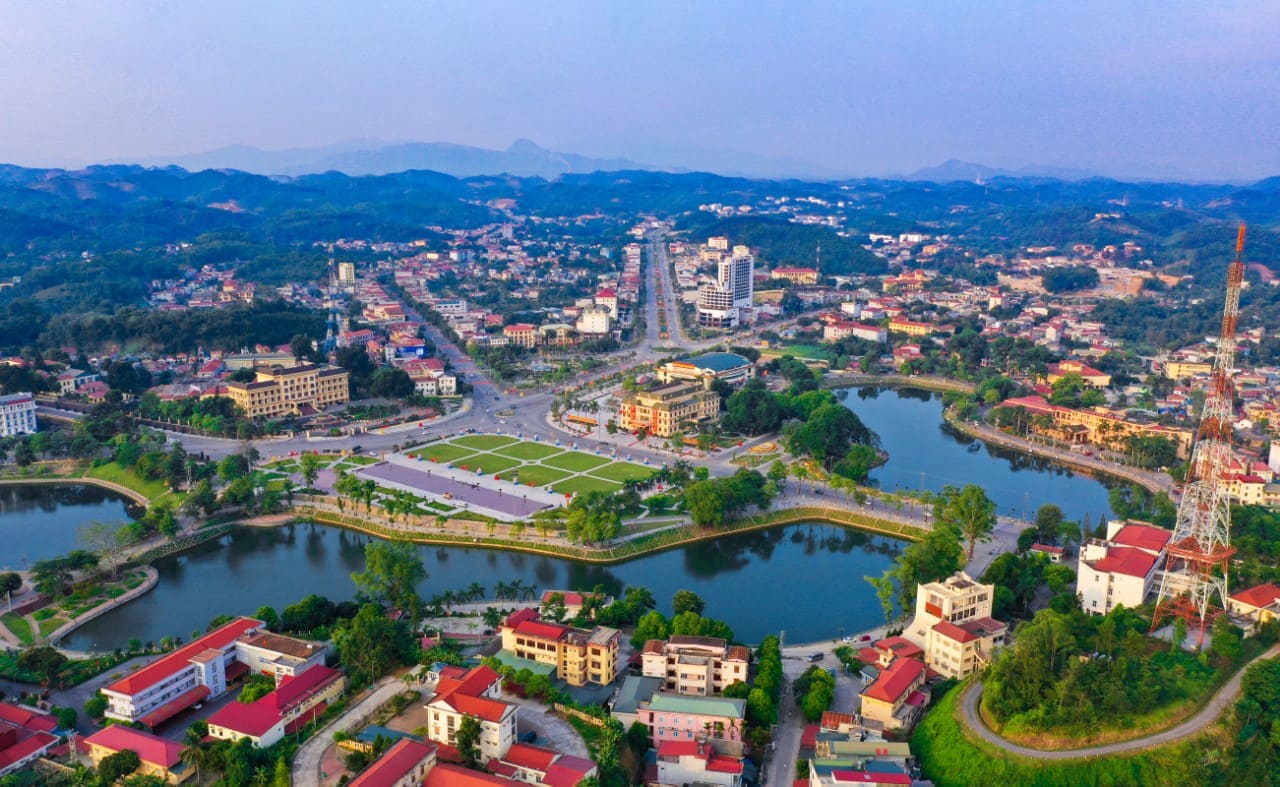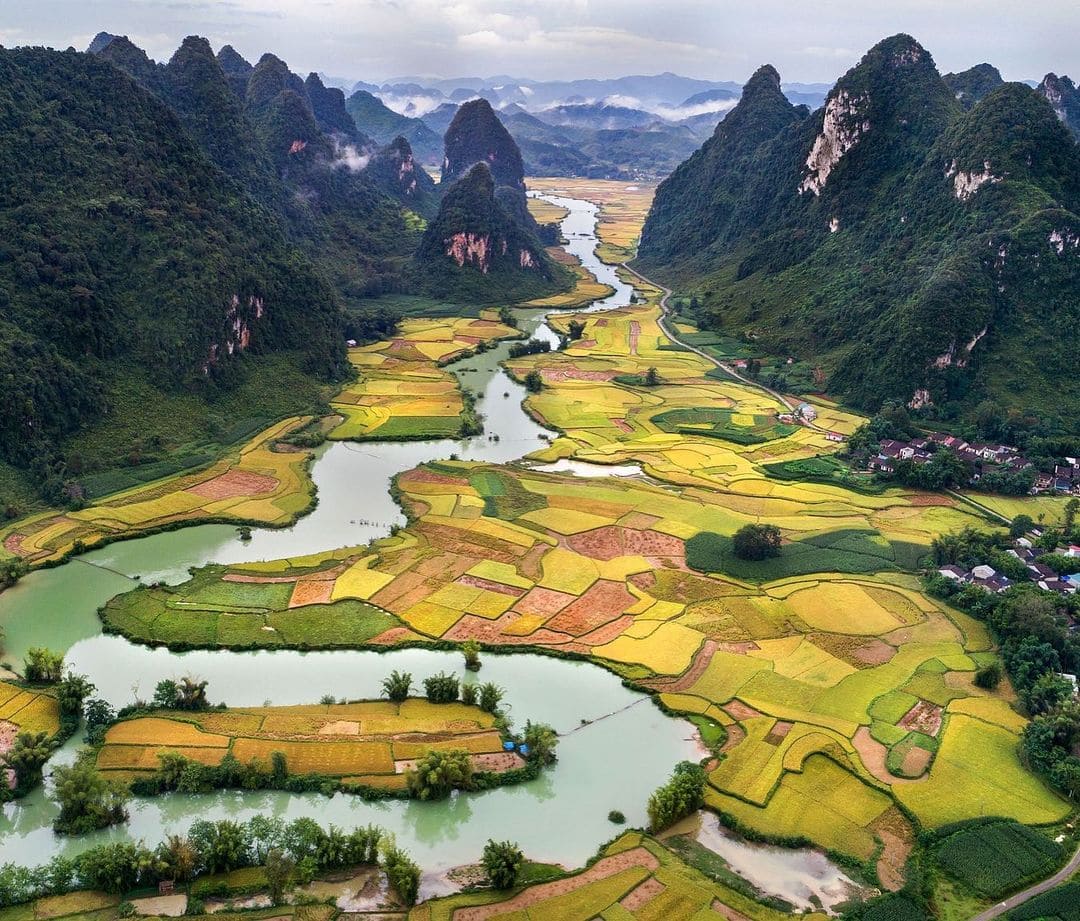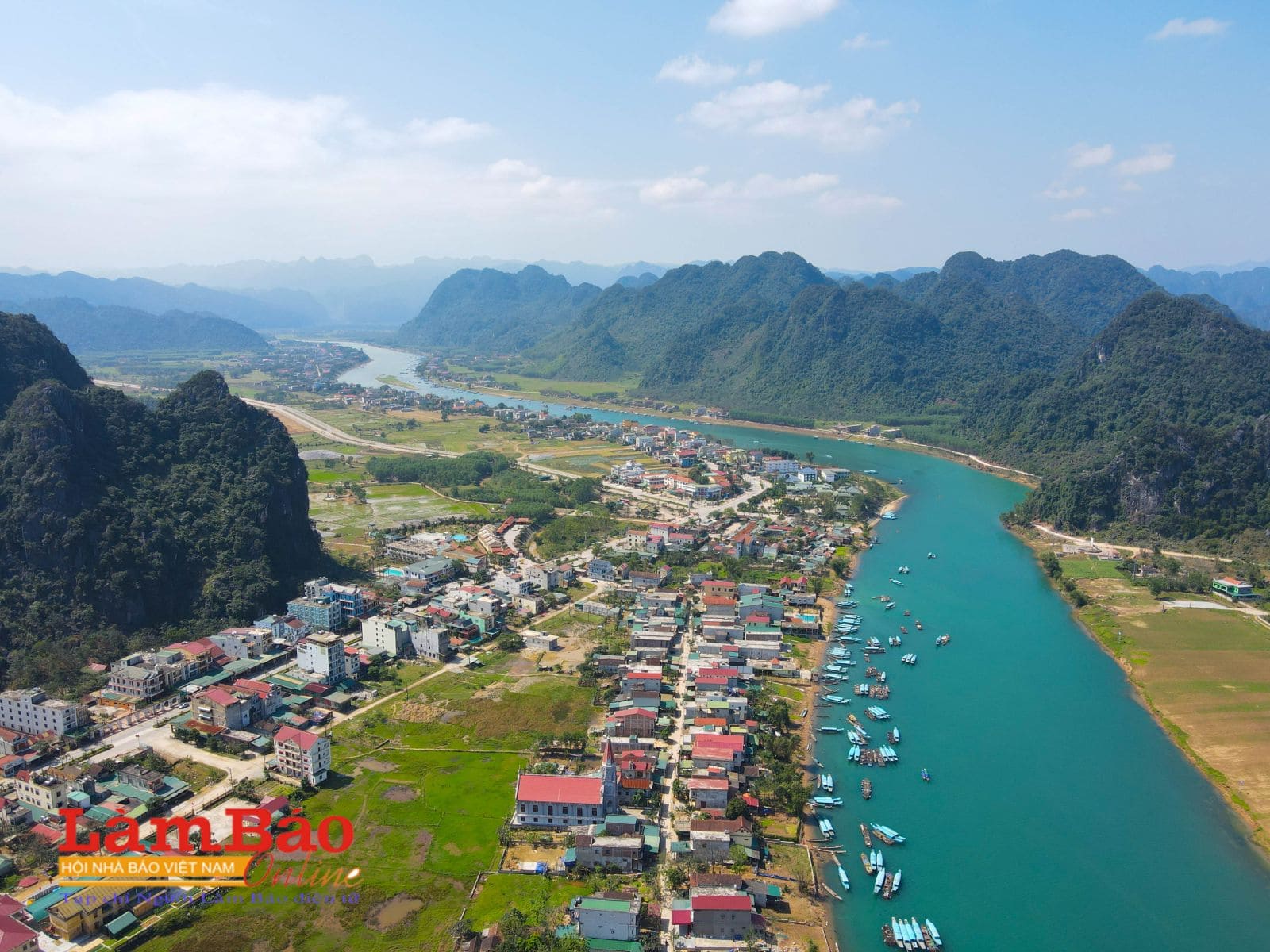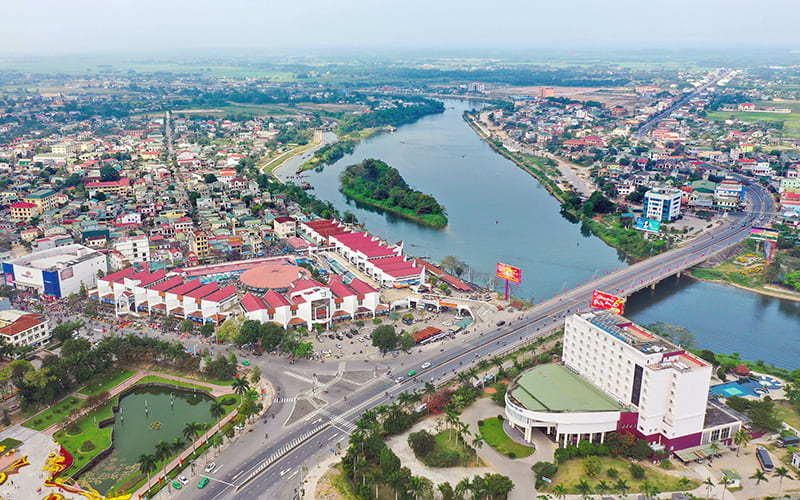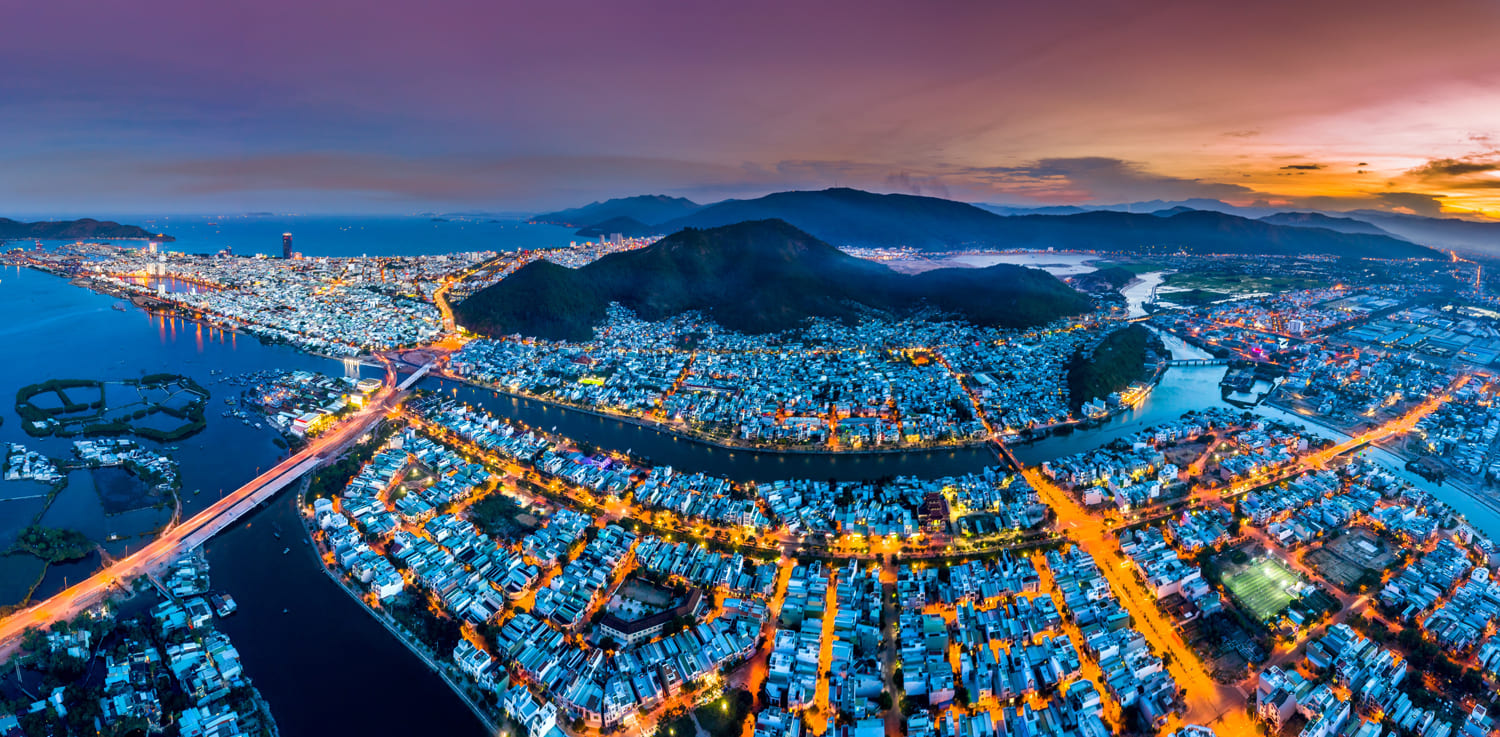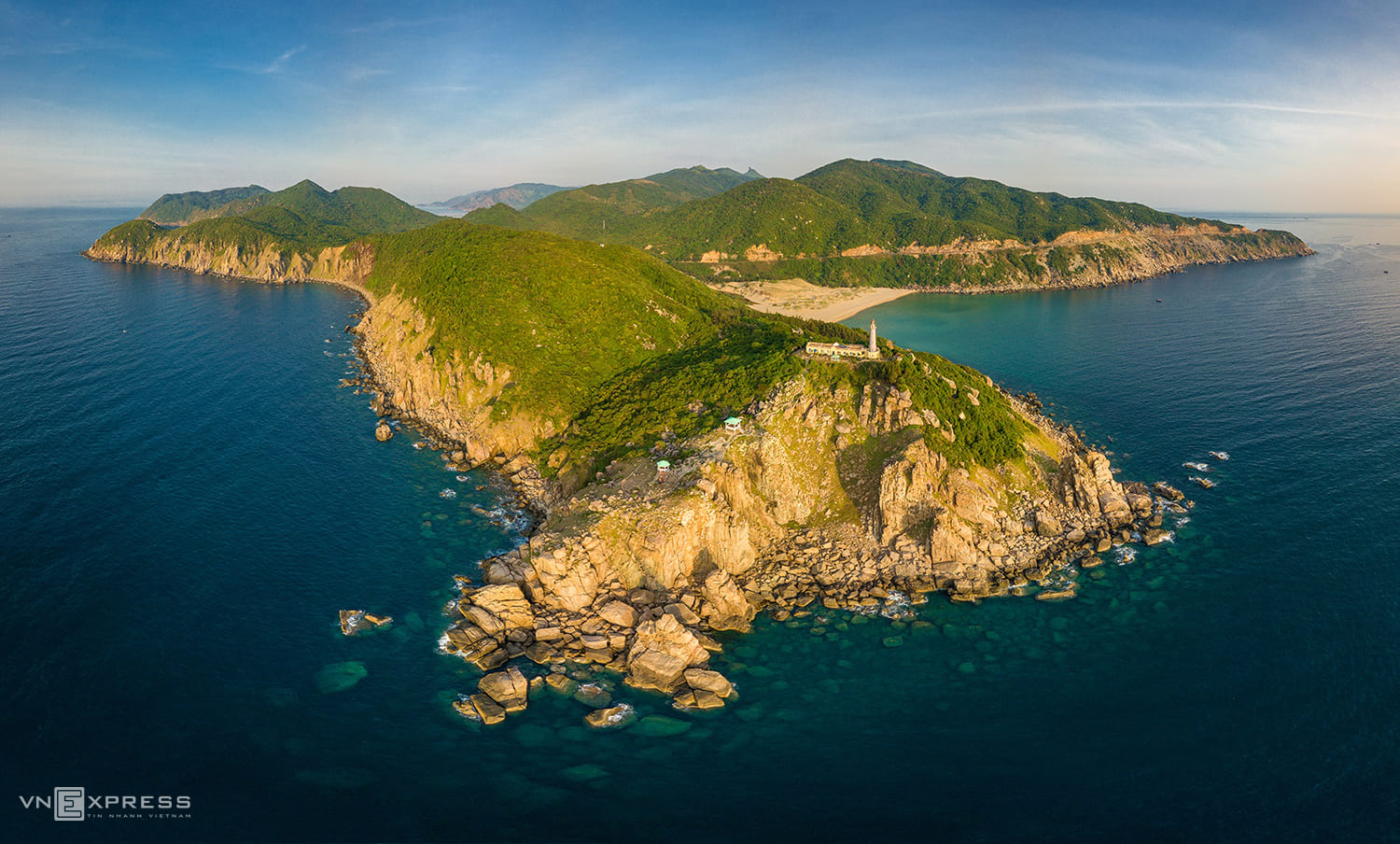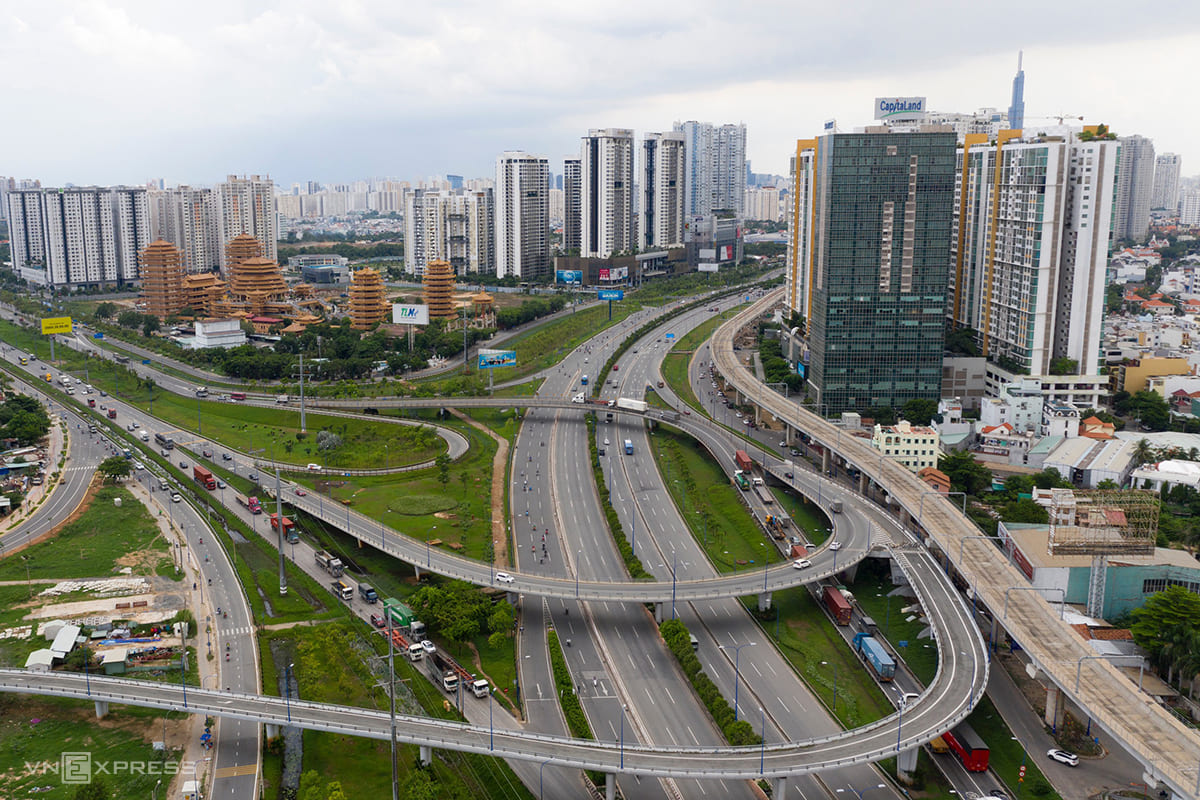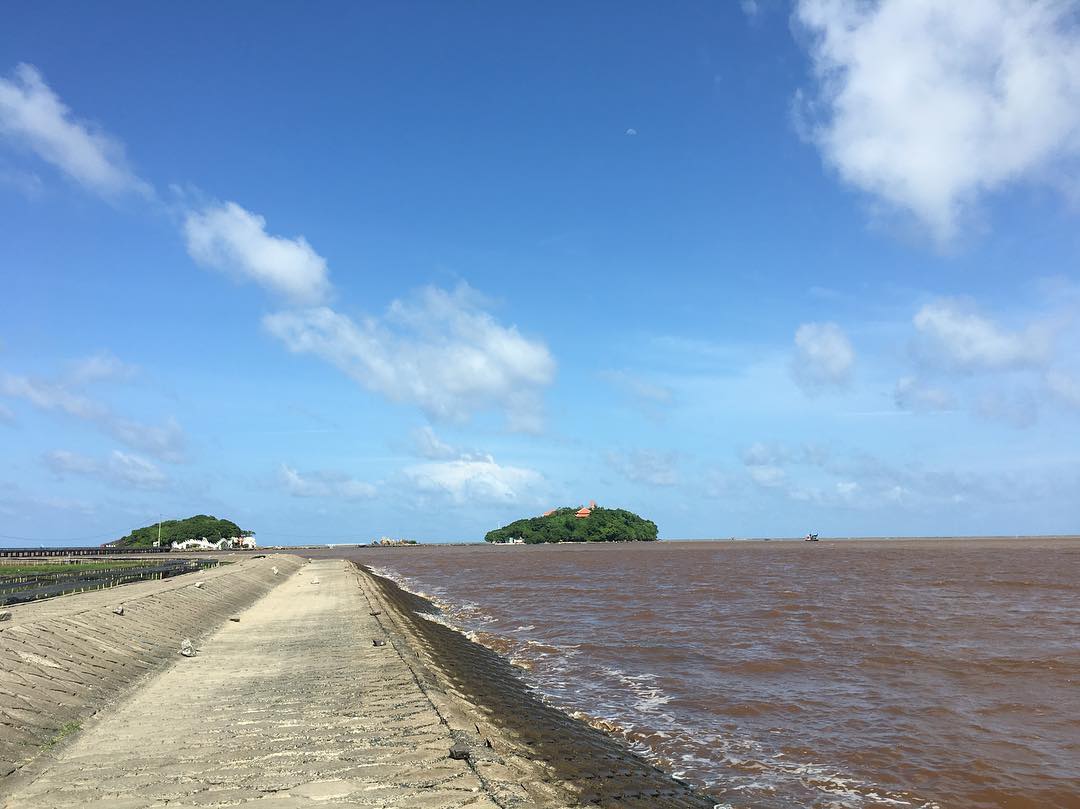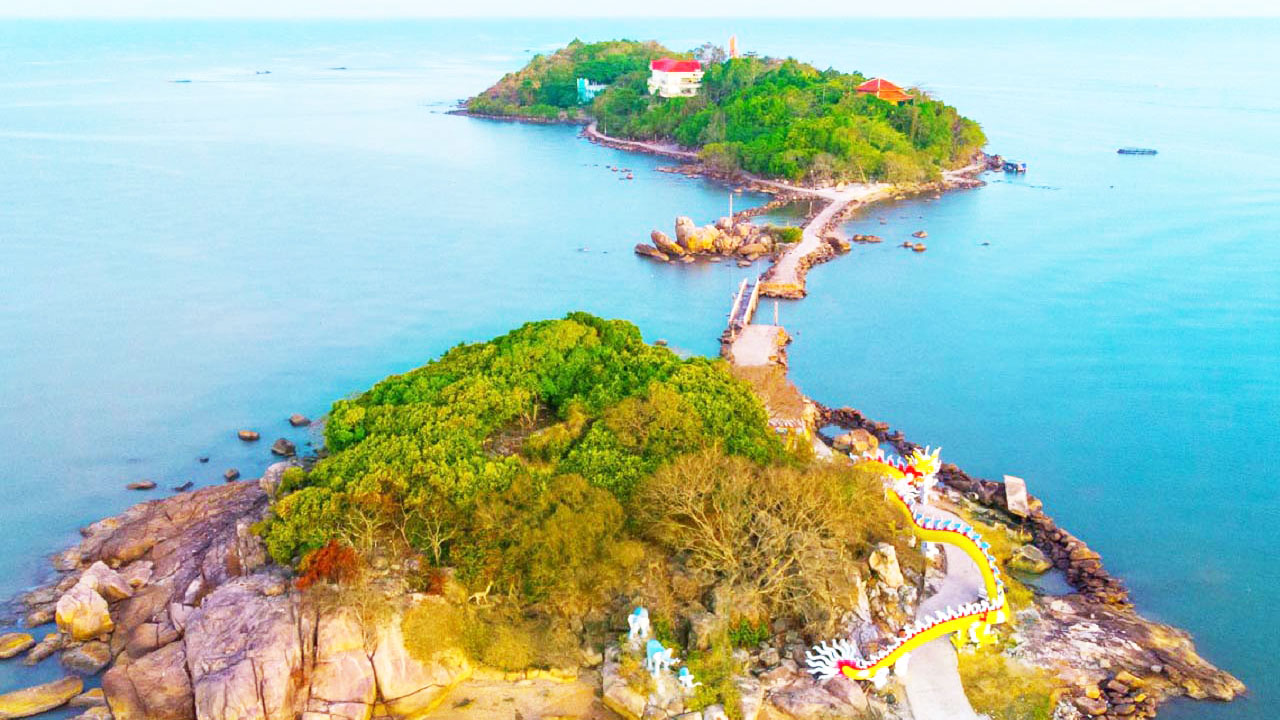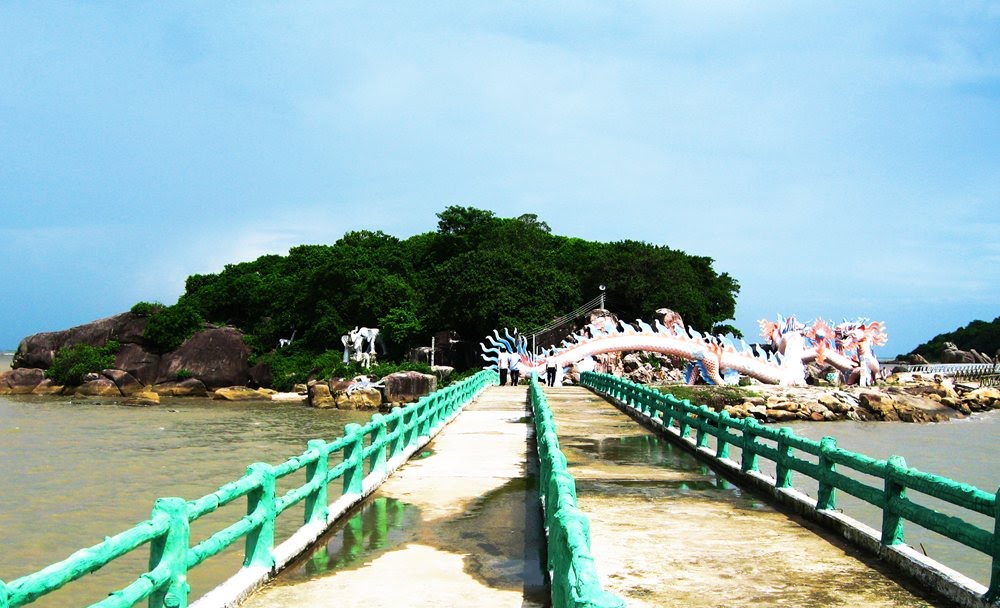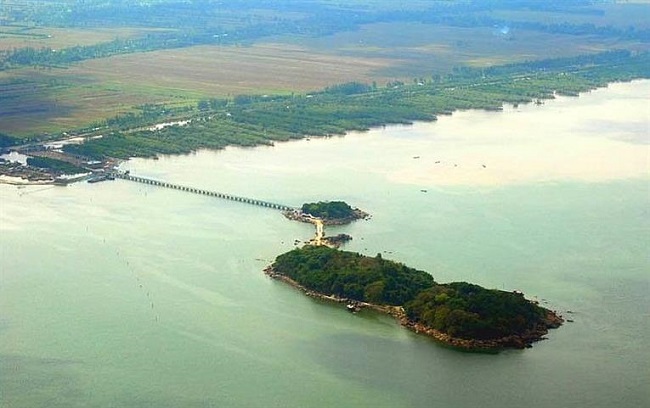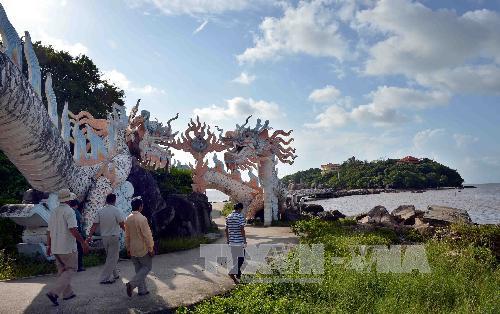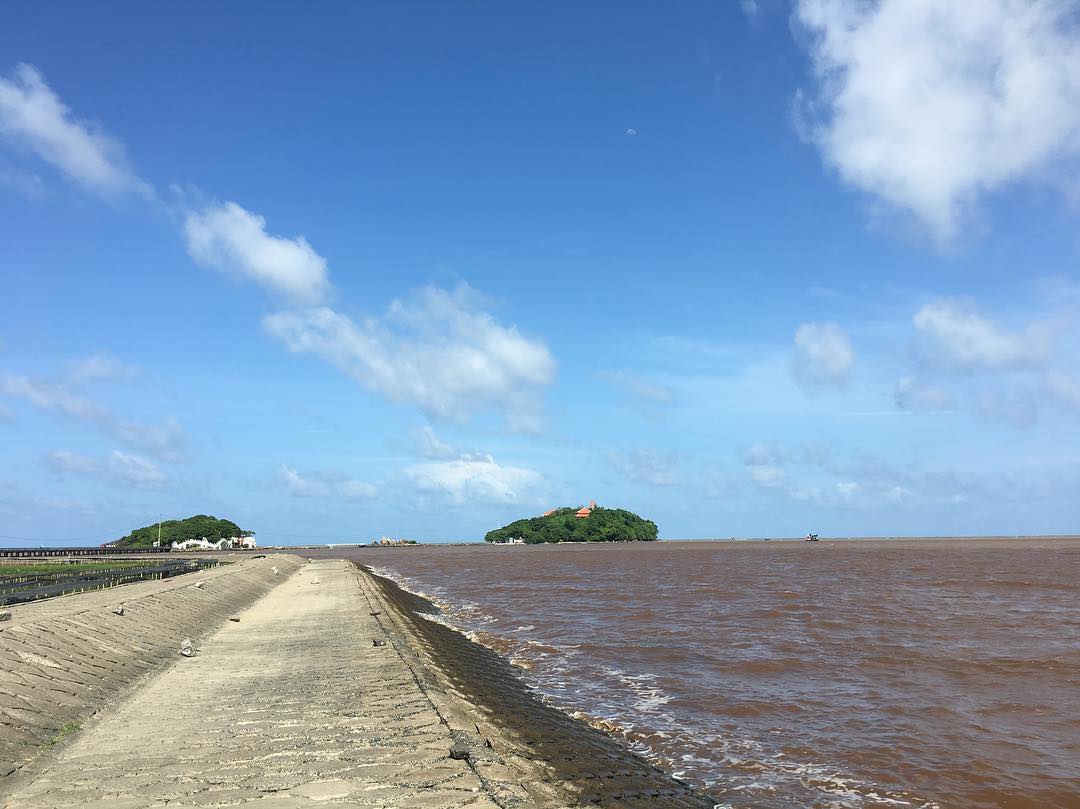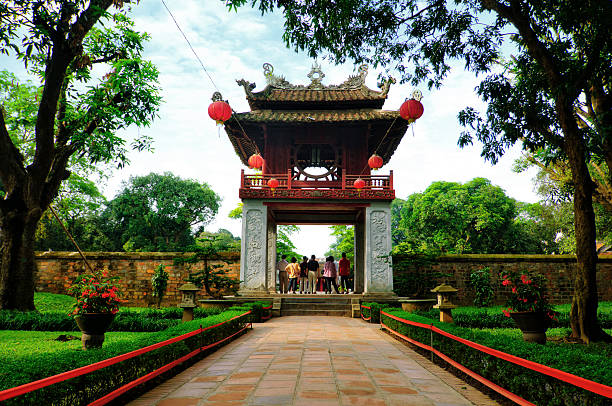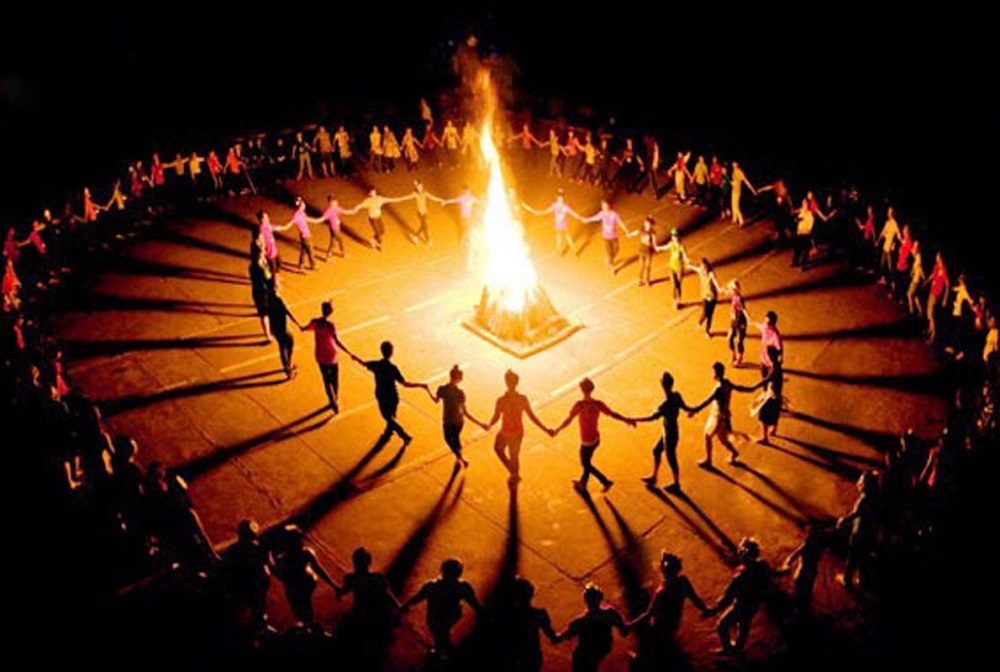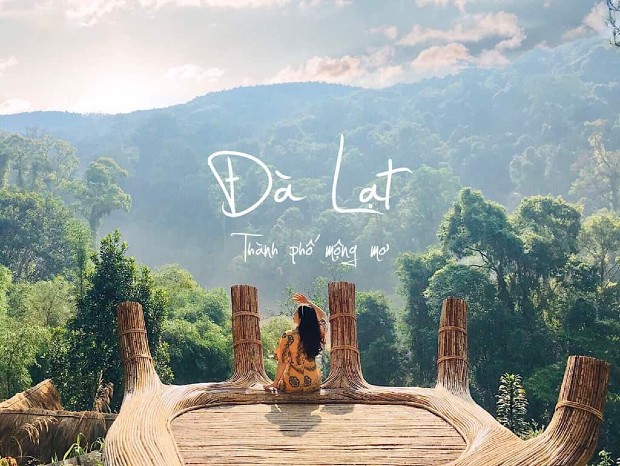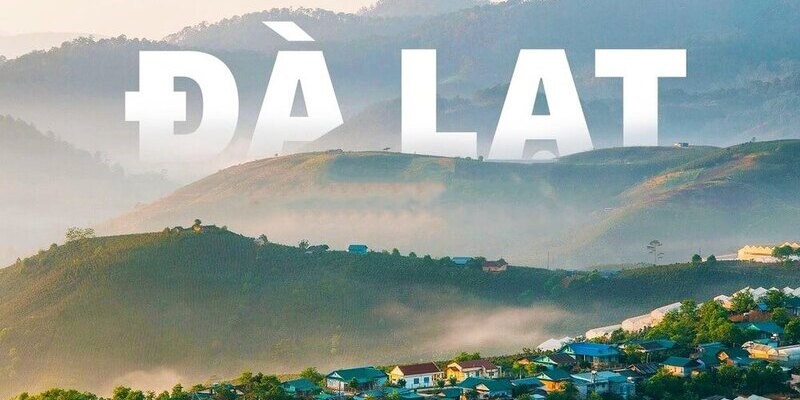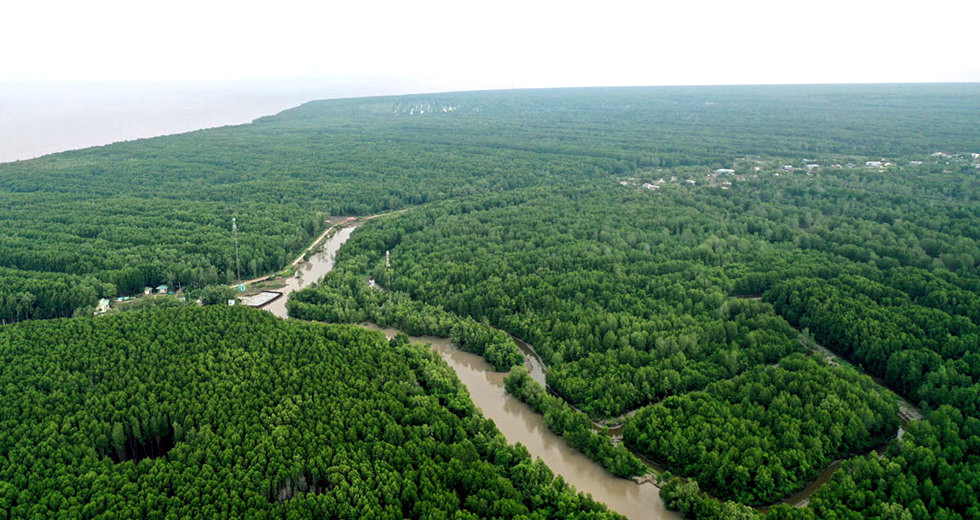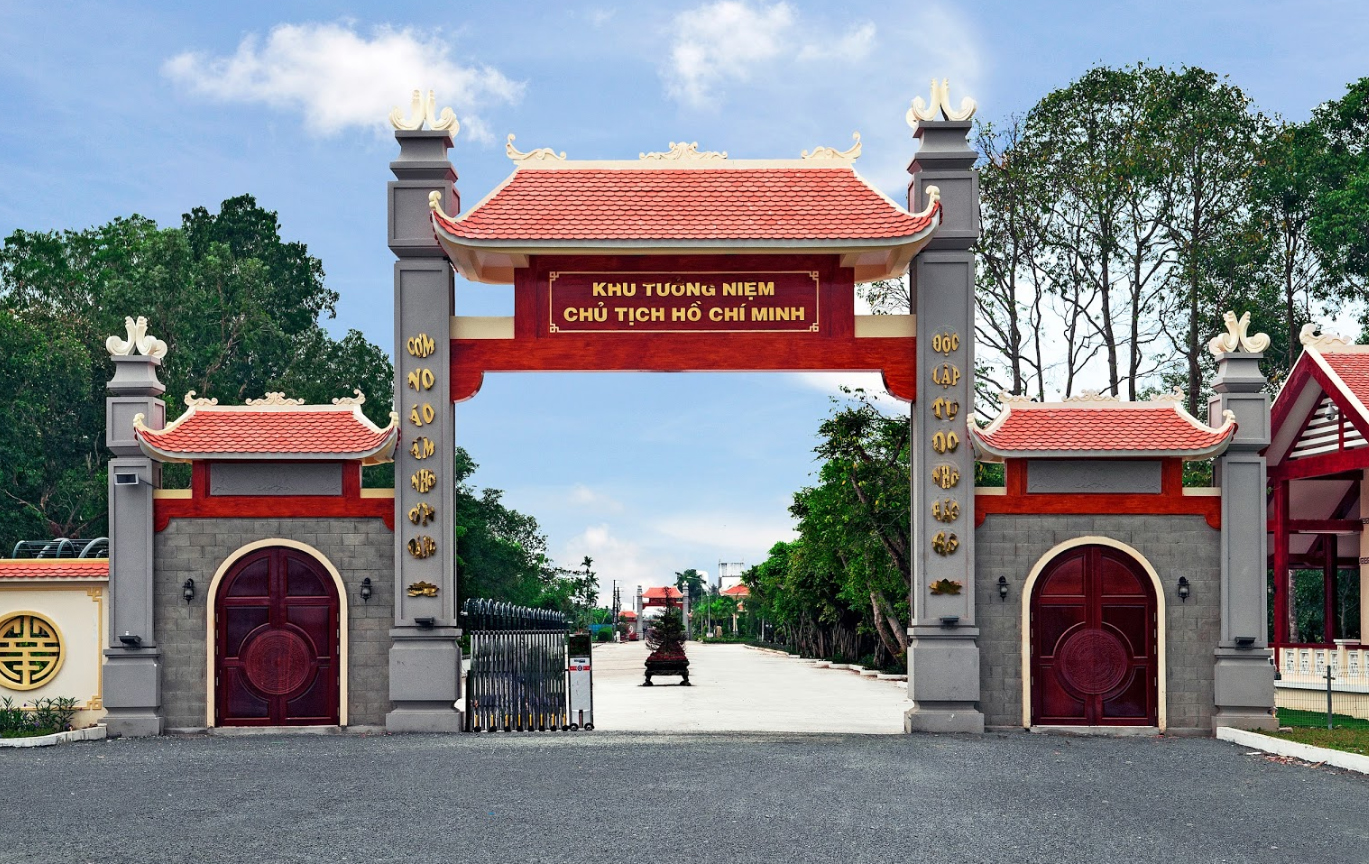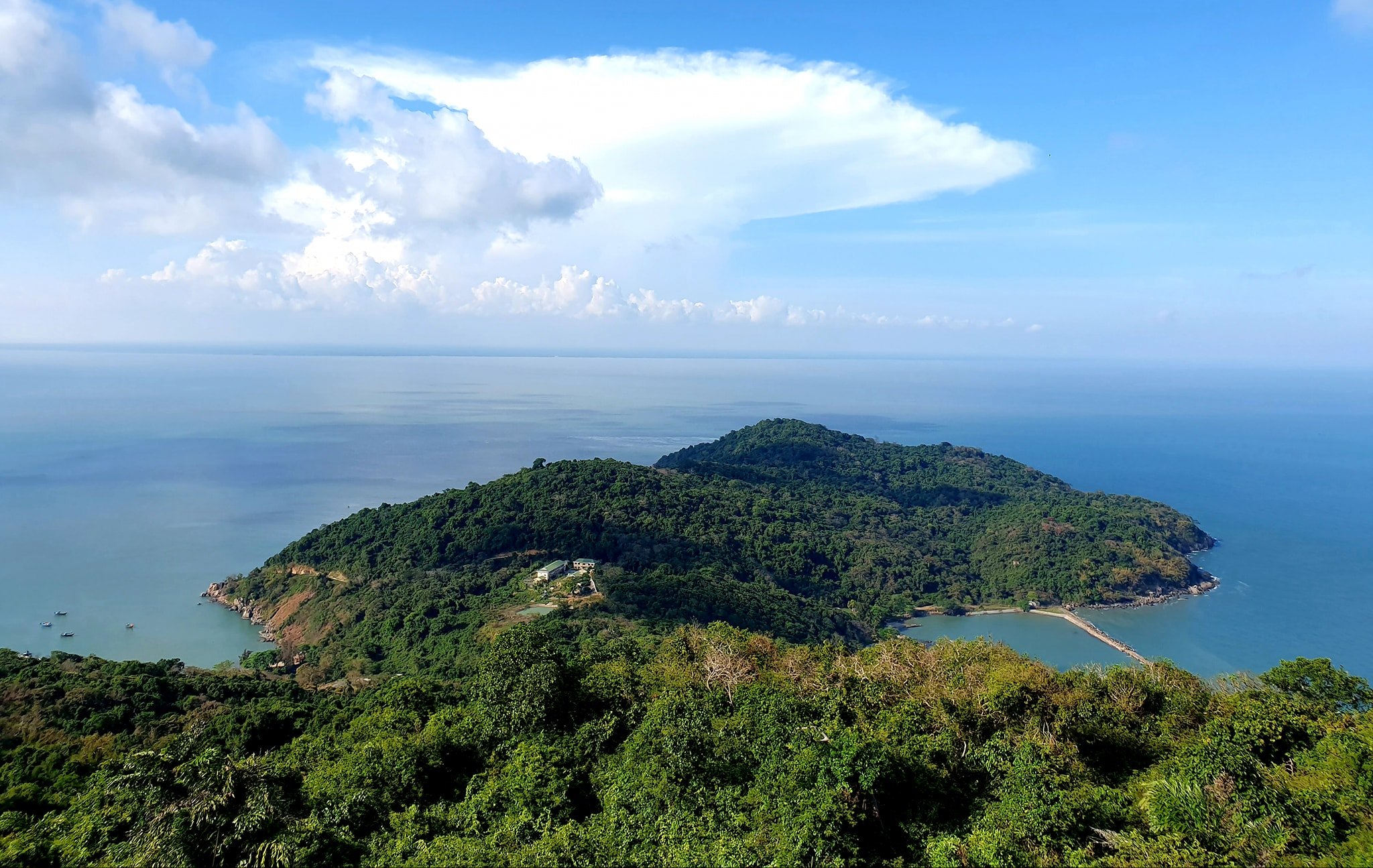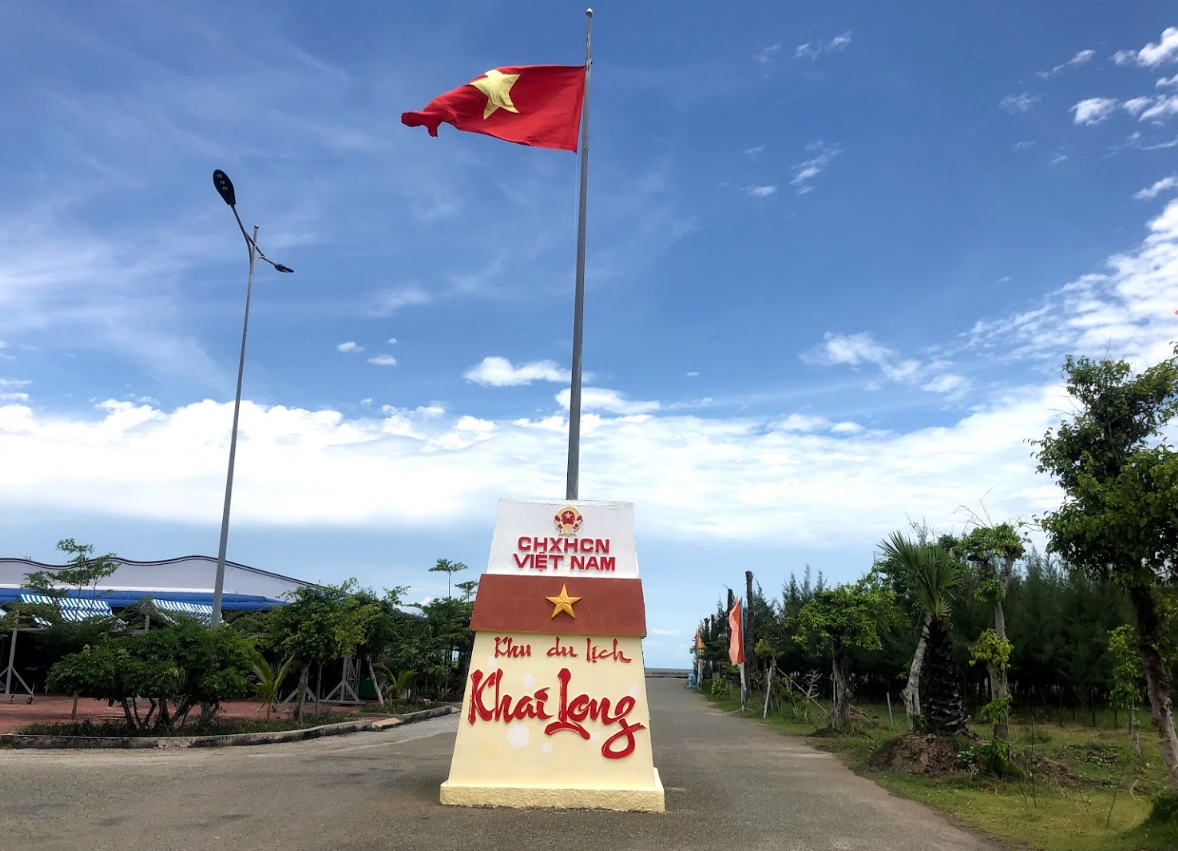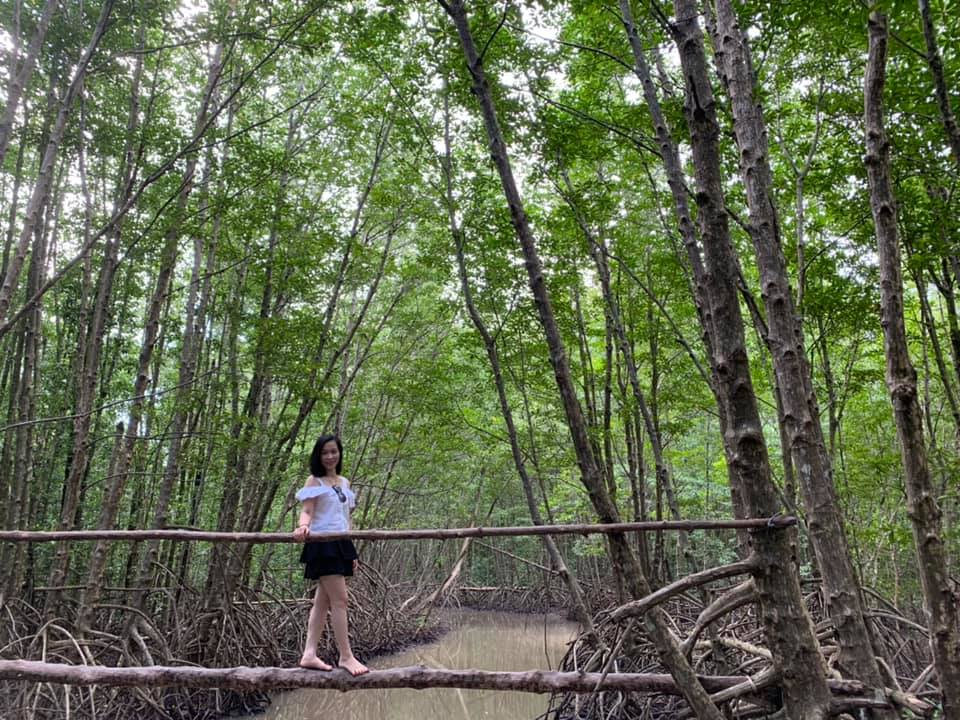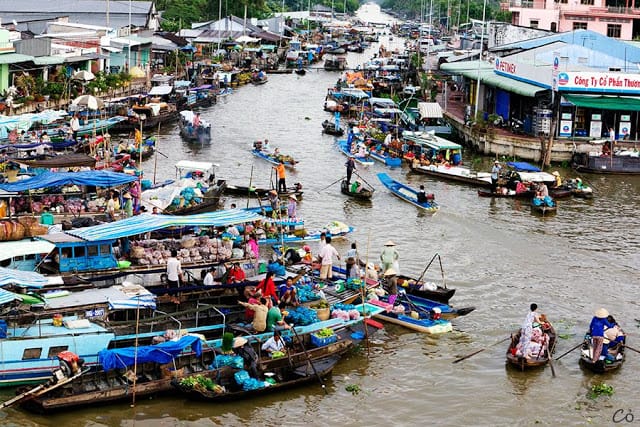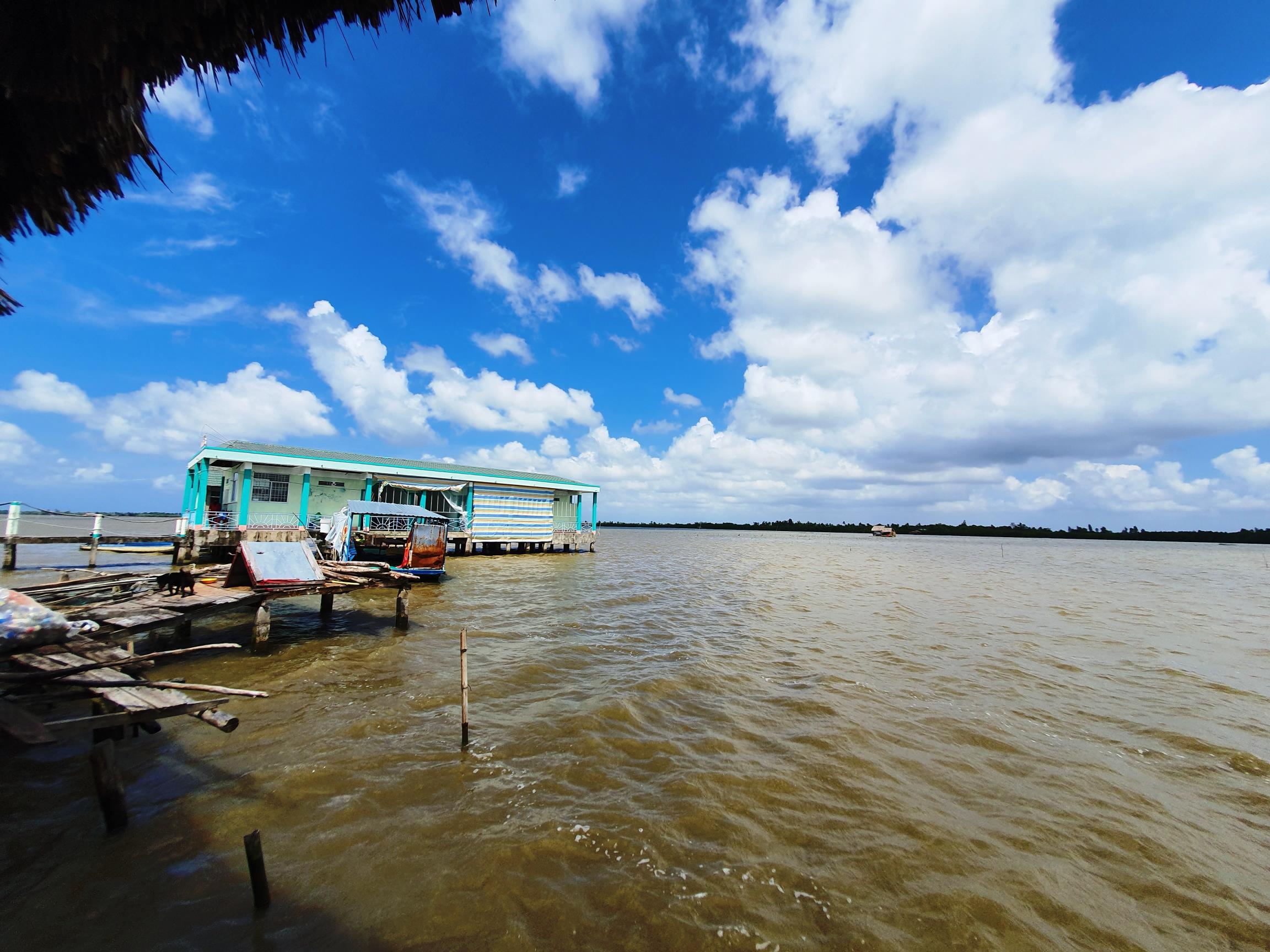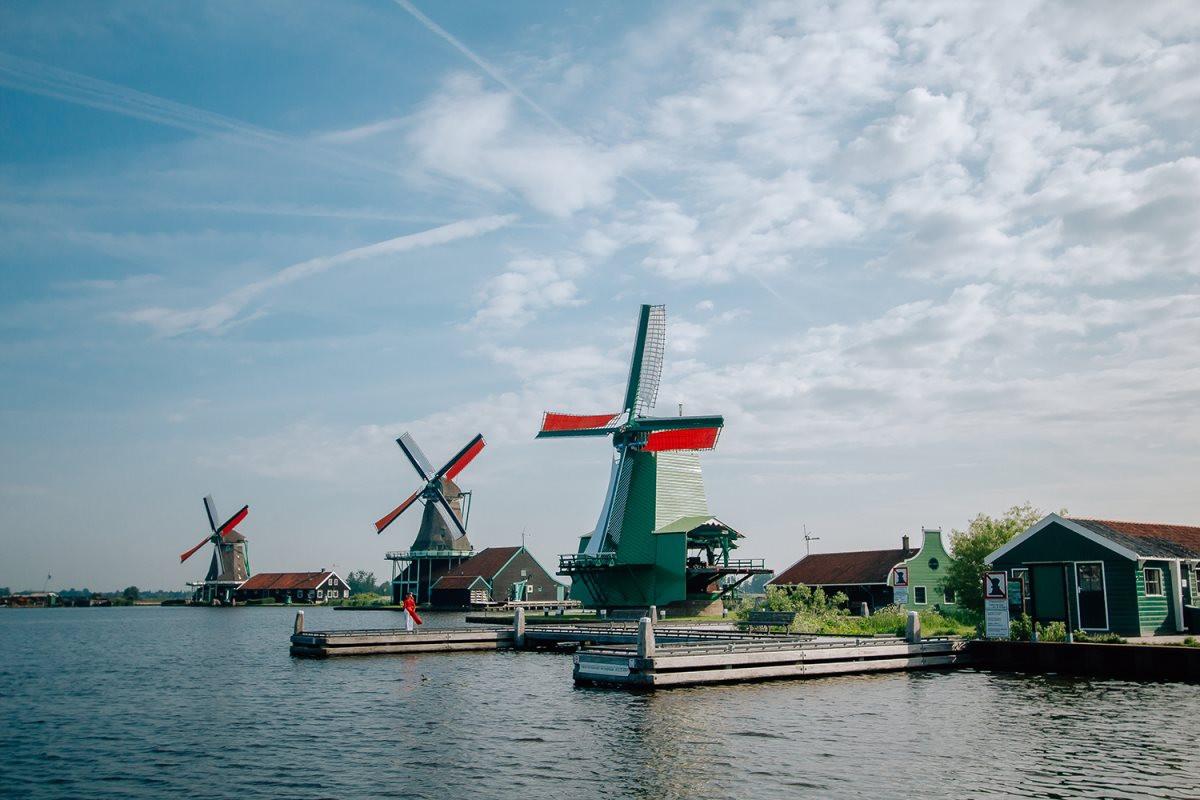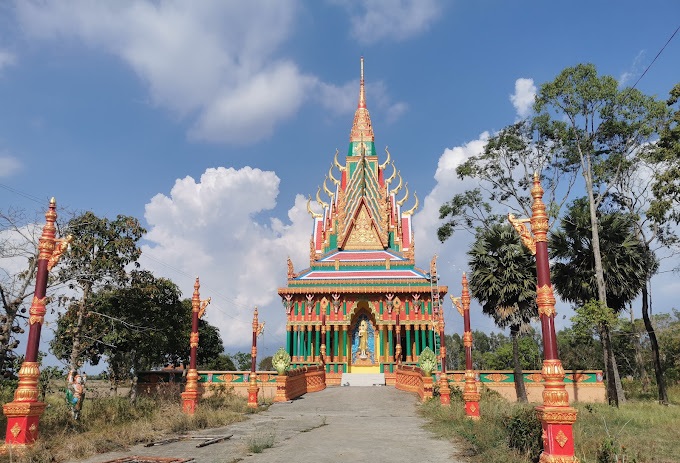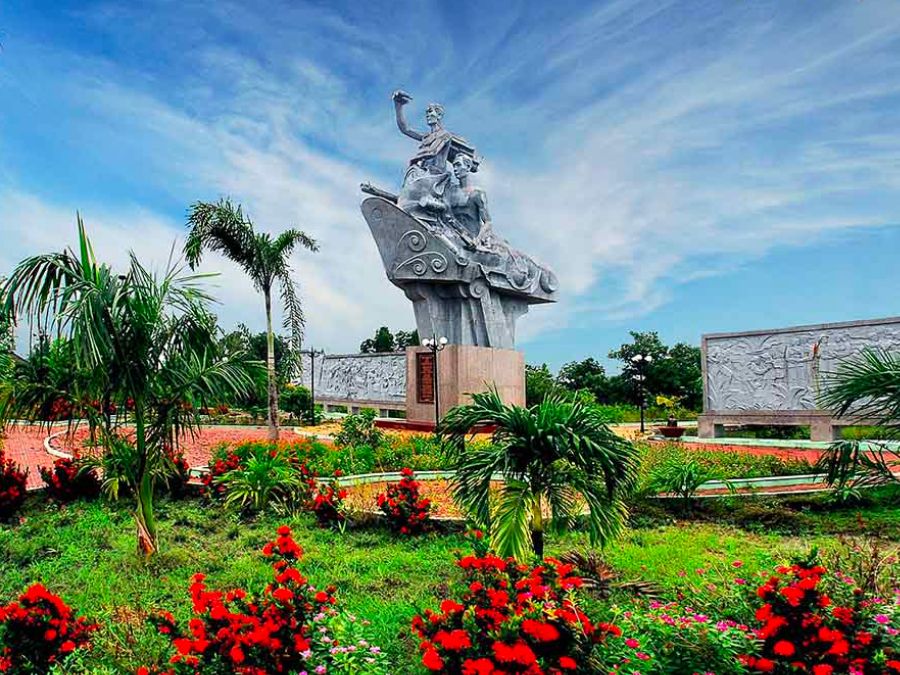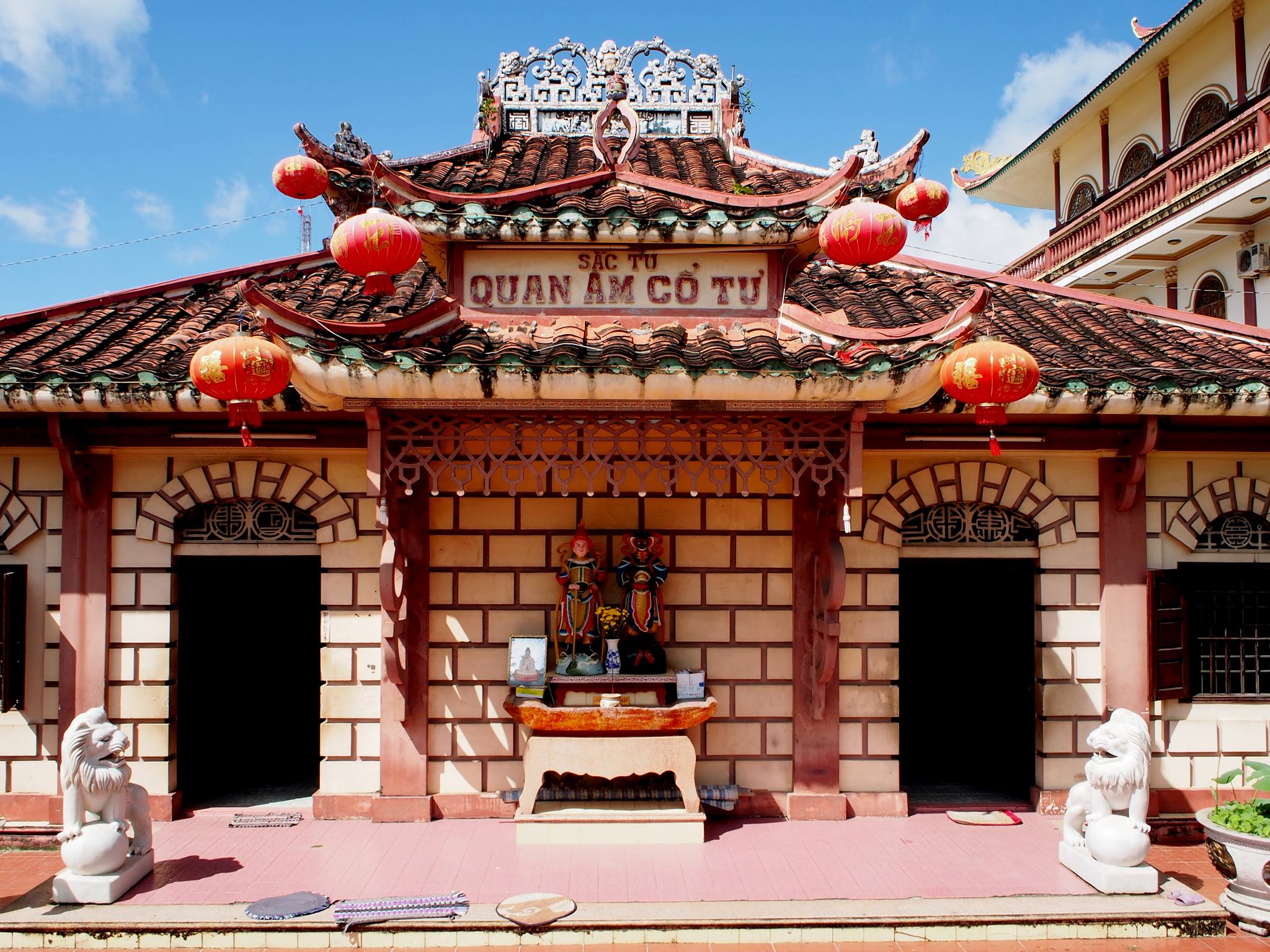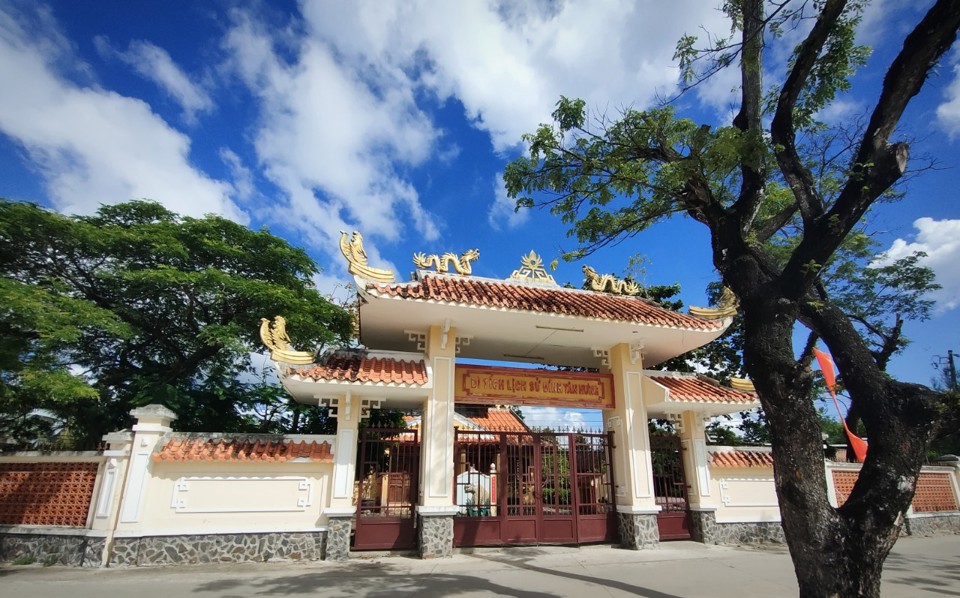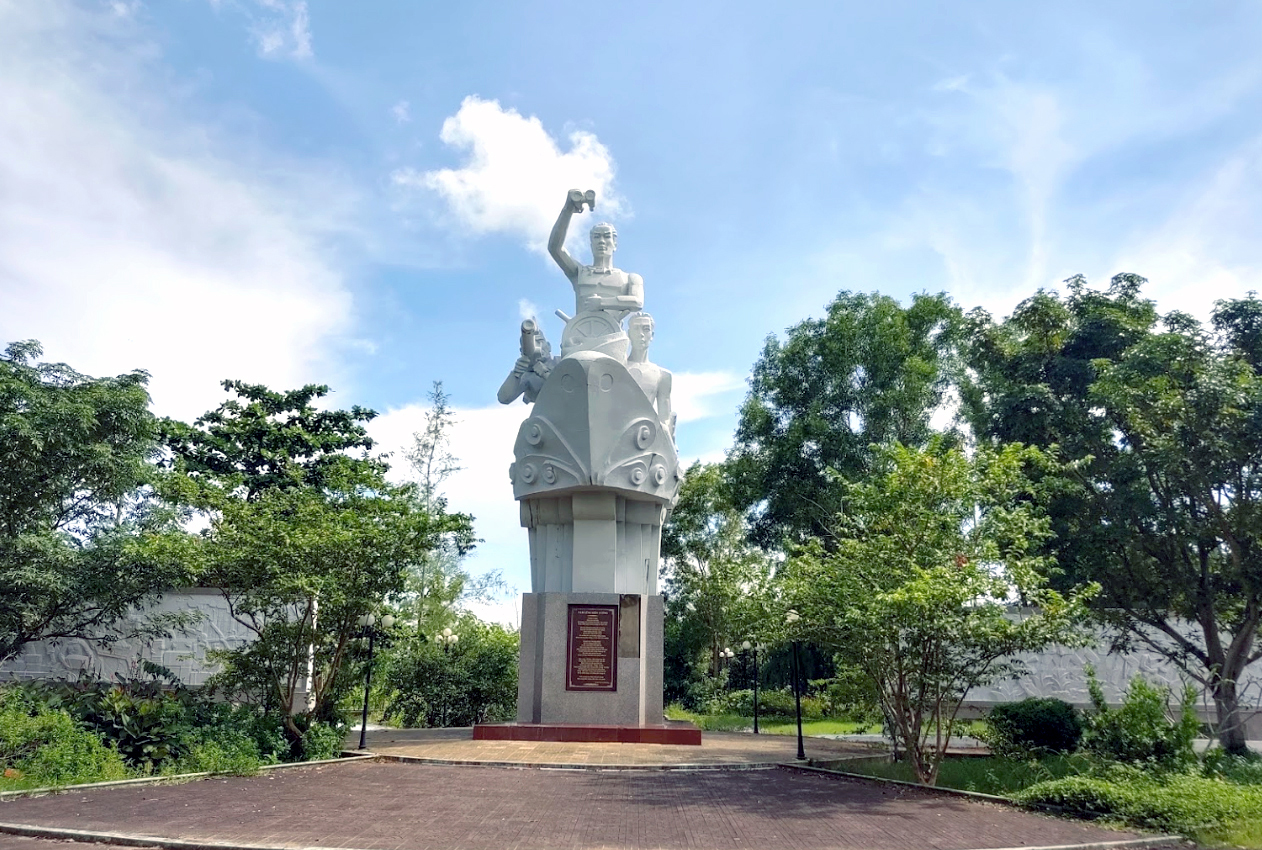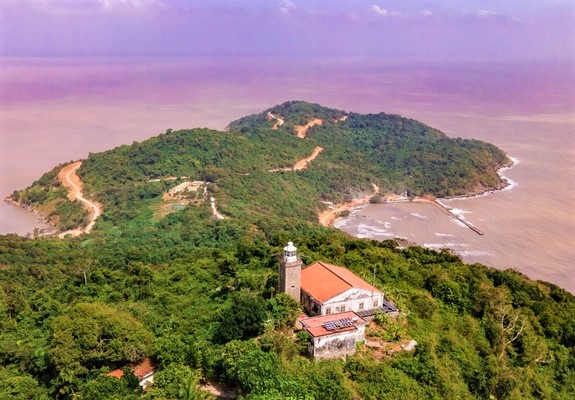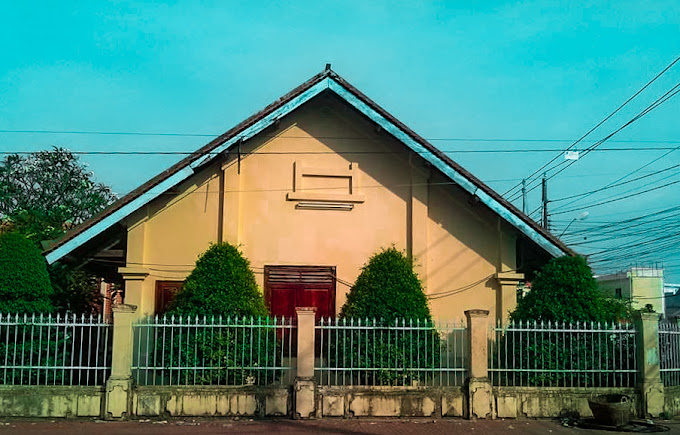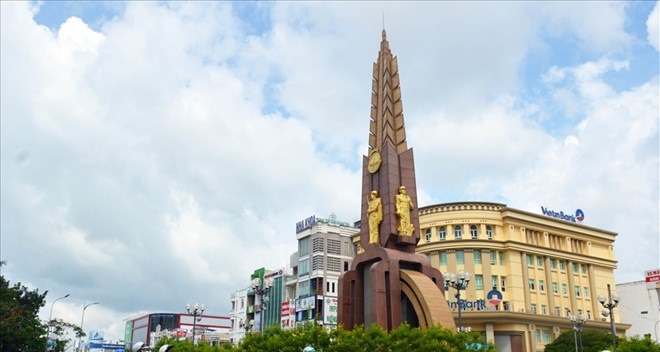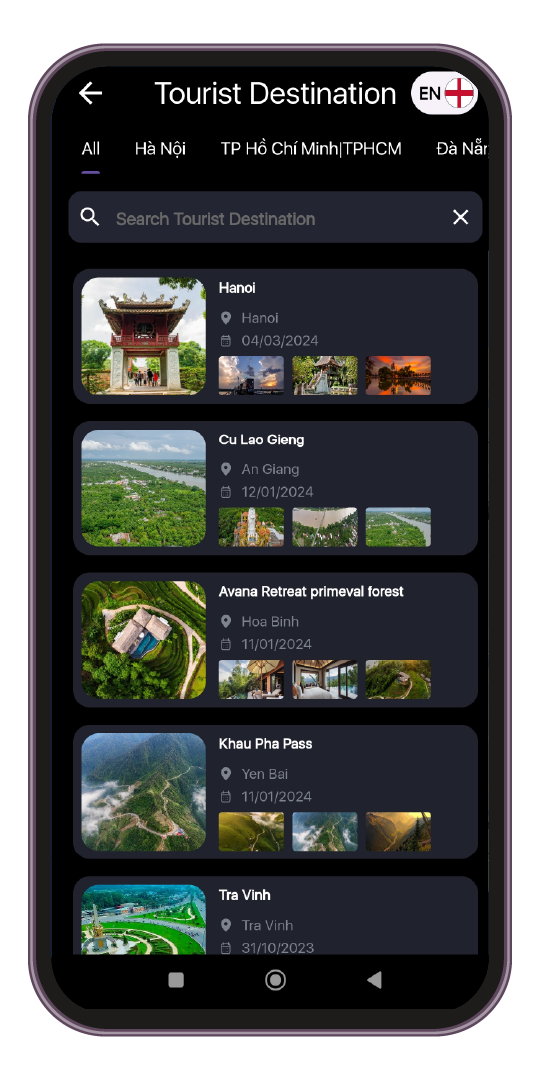Hon Da Bac is an island cluster in Kinh Hon hamlet, Khanh Binh Tay commune, Tran Van Thoi district, Ca Mau province. Viewed from land, Da Bac Island looks like a wonderful rockery in the middle of the vast ocean. Ca Mau people call Hon Da Bac the Pearl Eye of the West, not only to honor the beauty of the island but also to compare this place to a keen eye guarding the western sea of the country. The island cluster includes three islands: Ong Ngo island, Troi island, Lon island (Da Bac island) connected by beautiful bridges. Hon Da Bac was formed 180 million years ago (Middle Jurassic - Mesozoic) with a total area of nearly 6.5 hectares. Besides Troi island, which has an insignificant area, the remaining two islands are formed by stacked rocks. The highest peak at Hon Lon is 50m above sea level. Located 50 km west of Ca Mau city, although the area is not large, Hon Da Bac is an island with an important position in protecting territorial sovereignty, exploiting the sea and developing Ca Mau tourism. The sheltered Silver Stone Island creates a beautiful, safe bay, peaceful natural landscape, and fresh air. Departing from Ca Mau city to Hon Da Bac tourist area takes 1 hour and 30 minutes by car or motorbike along the road to U Minh Ha National Park, through Co Xang and Coi Nam, there is a bridge leading from the mainland to the island. . This place is called Hon Da Bac because there are many granite stones stacked around each other, creating unique and impressive shapes. From a distance, you will see that the island is plated with silver, sparkling in the light. sun. Ong Ngo Island, where you arrive as soon as you cross the 400m bridge across the sea connecting the mainland to the island, has the beauty of pristine primeval forest, towering mountain rocks, and a surrounding coastline with foaming waves. . Hon Da Bac is a place with bold historical traces. During the years of resistance against the US, the army and people of Khanh Binh Tay commune destroyed the enemy's 105 mm artillery platoon, liberated Hon Da Bac and ensured the safety of the coastal corridor of the revolutionary base area. Hon Da Bac is also the place where the counterintelligence campaign of the Vietnam People's Police forces (CM-12 Plan) took place to defeat the invasion of the counter-revolutionary organization "United Front of Forces". patriotic liberation of Vietnam" led by Mai Van Hanh and Le Quoc Tuy. On June 22, 2009, the Ministry of Culture, Sports and Tourism issued a decision to recognize Hon Da Bac - CM12 counterintelligence plan command center (September 9, 1981 - September 9, 1984) as a Monument. The country has become one of the "red addresses" to educate and pass on revolutionary traditions to the young generation. Currently, the Hon Da Bac historical relic site has 3 major works: the National Security Protection Monument, Uncle Ho's Memorial Temple, the People's Public Security Museum and the Relics Additional Exhibition House. Hon Da Bac, in addition to the wild beauty of the mountains, rocks, and clear blue sea, also has masterpieces tinged with "fairy" looks such as the Fairy yard, Fairy well, Fairy hand... Everything seems to have been created by a magical hand. Some people knead them into strange, beautiful shapes, arranged in rows and beaches stretching around the coast, adding to the magical look of the island. Located on the top of Hon Da Bac is Lang Ong Nam Hai - a place that displays a giant whale skeleton (about 14m long, 4m wide) and records the mysterious story of the Ong fish saving people in distress at sea. On the 23rd day of the 5th lunar month every year, local fishermen, those who are fishing offshore and tourists from everywhere often flock to Hon Da Bac to pay their respects to him. In addition, Hon Da Bac also attracts tourists with its abundant seafood resources. Tourists coming here can fish for brown fish, squid, shrimp, and dive into the sea with fishermen to catch oysters clinging tightly to underwater rock cavities. If visitors want to enjoy newly caught seafood, the fishermen's charcoal stoves are ready to serve visitors.
Ca Mau 2137 view December to April every year
Ngày cập nhật : 01/04/2023


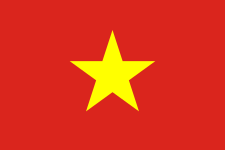 vn
vn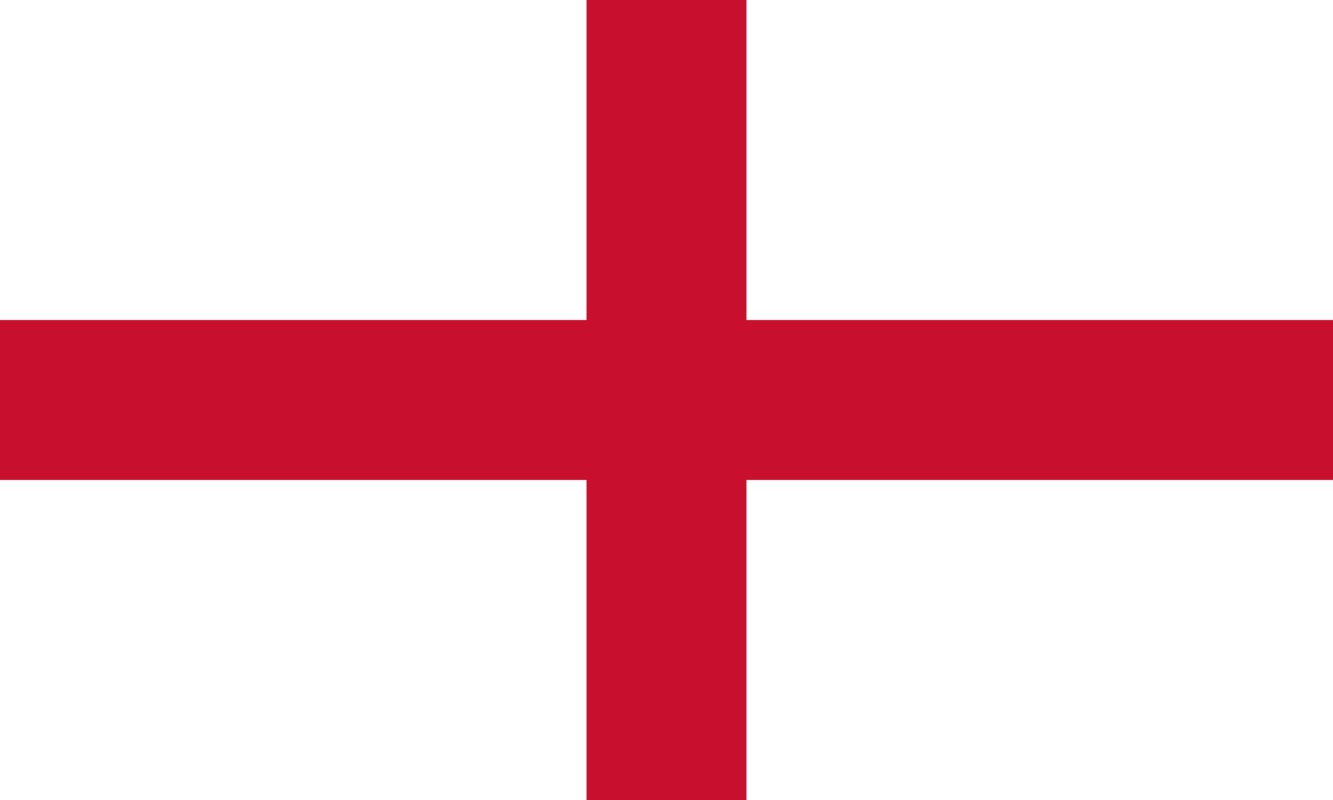 en
en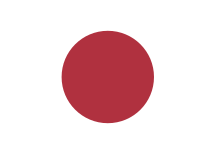 ja
ja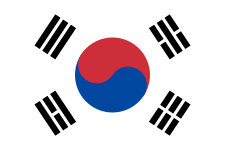 ko
ko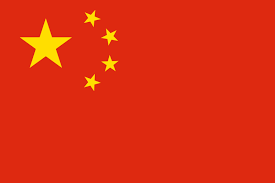 zh
zh


















